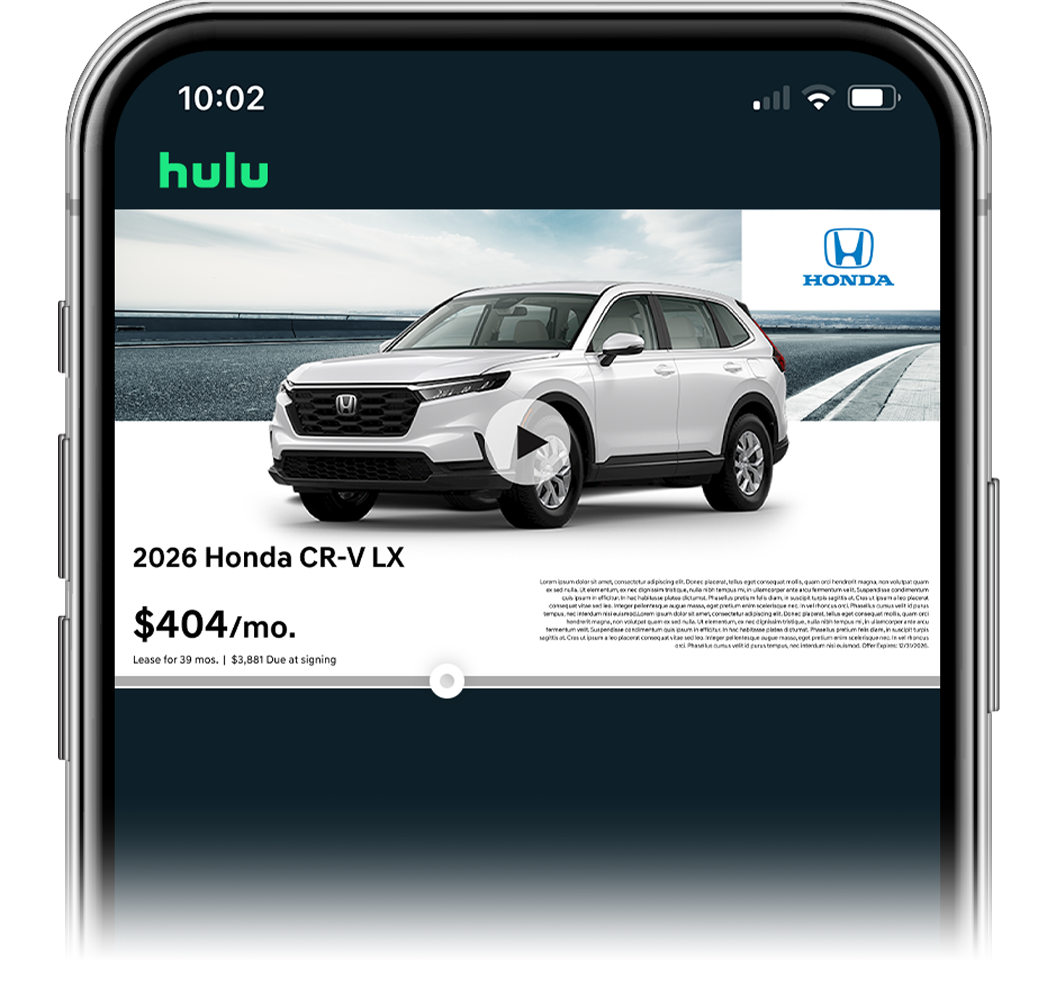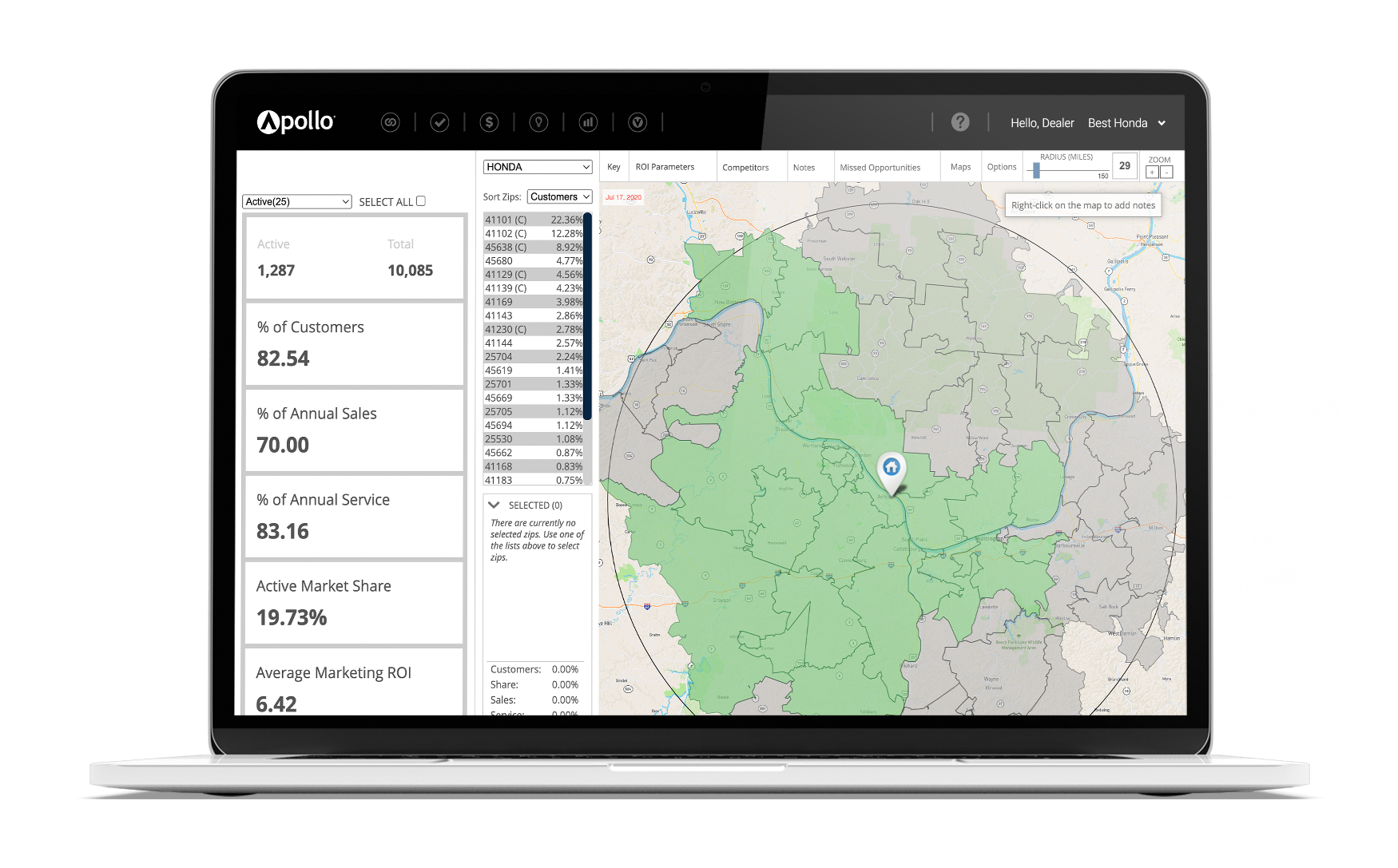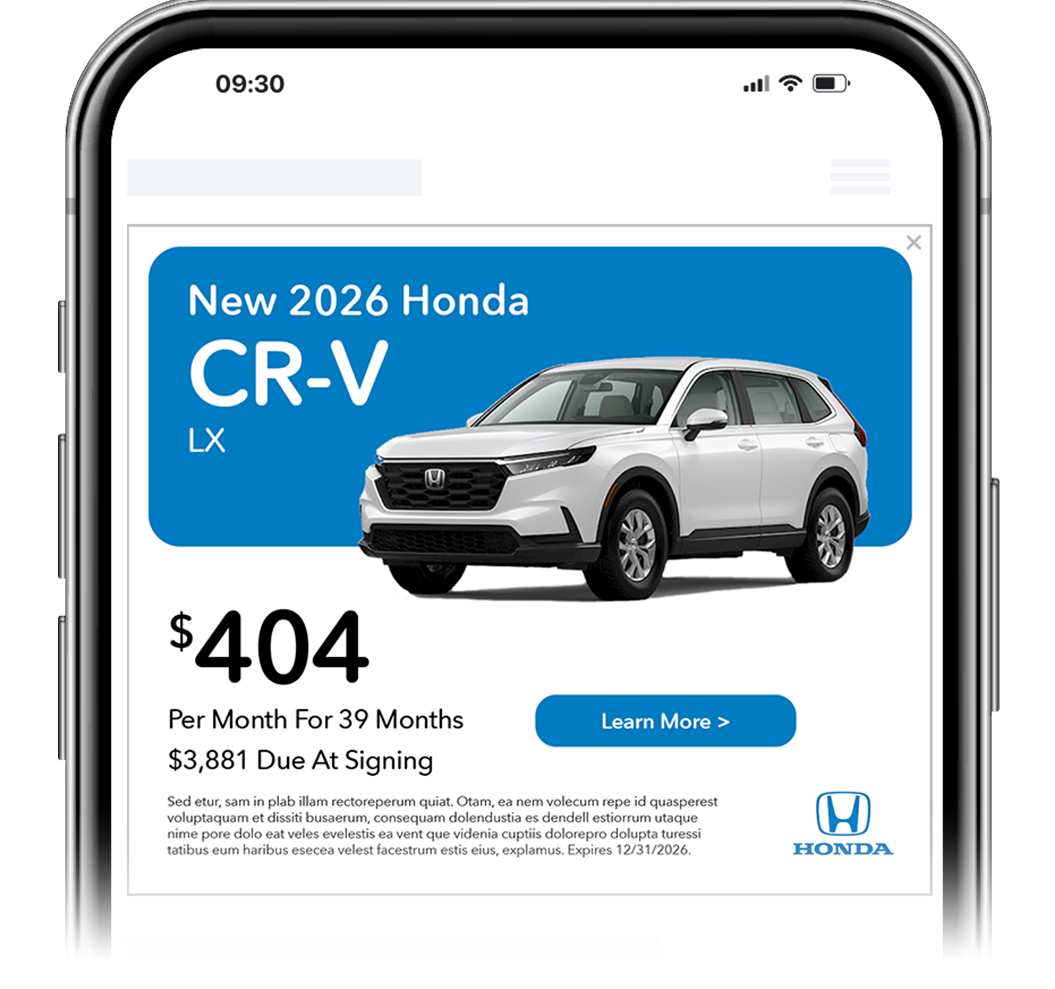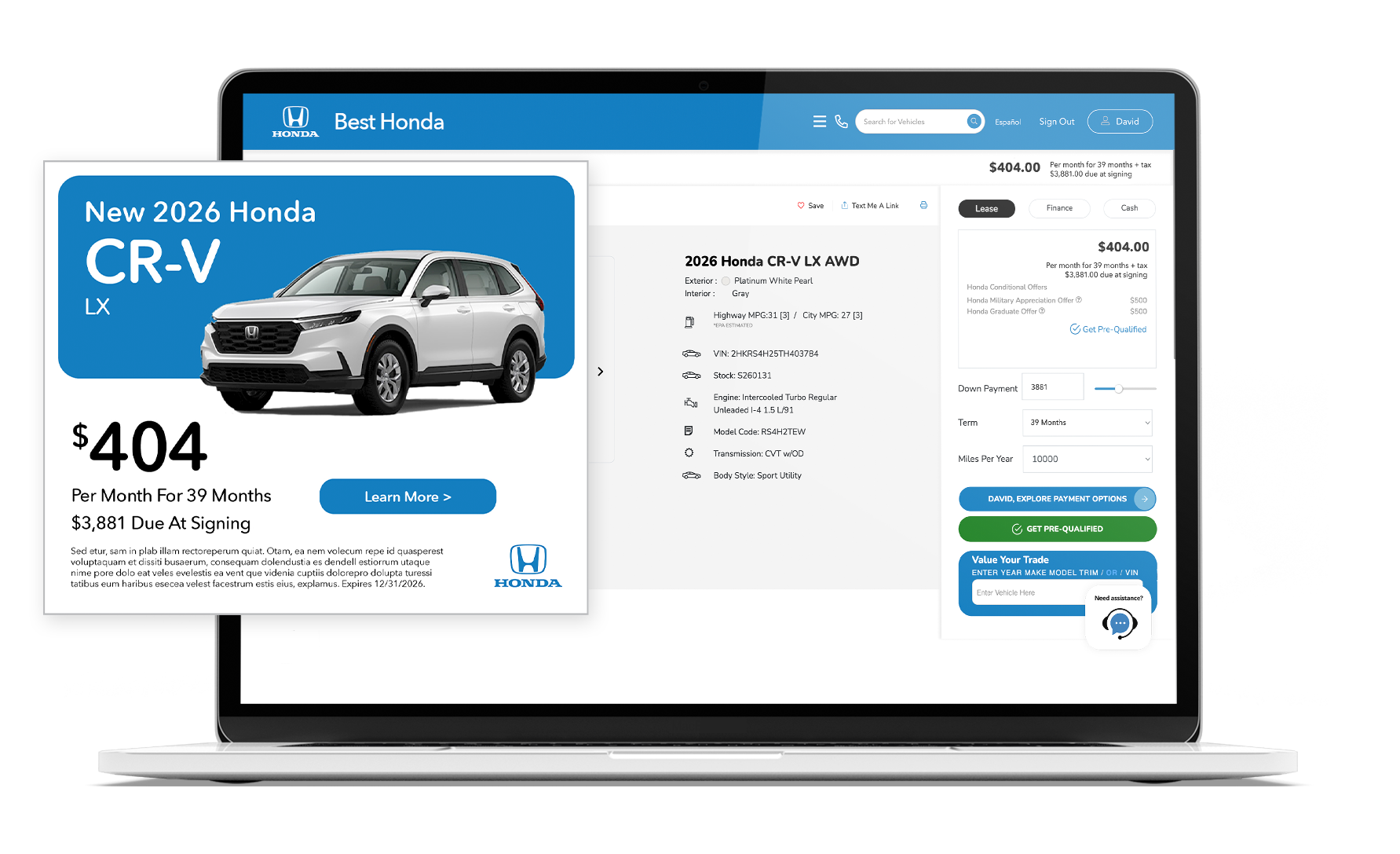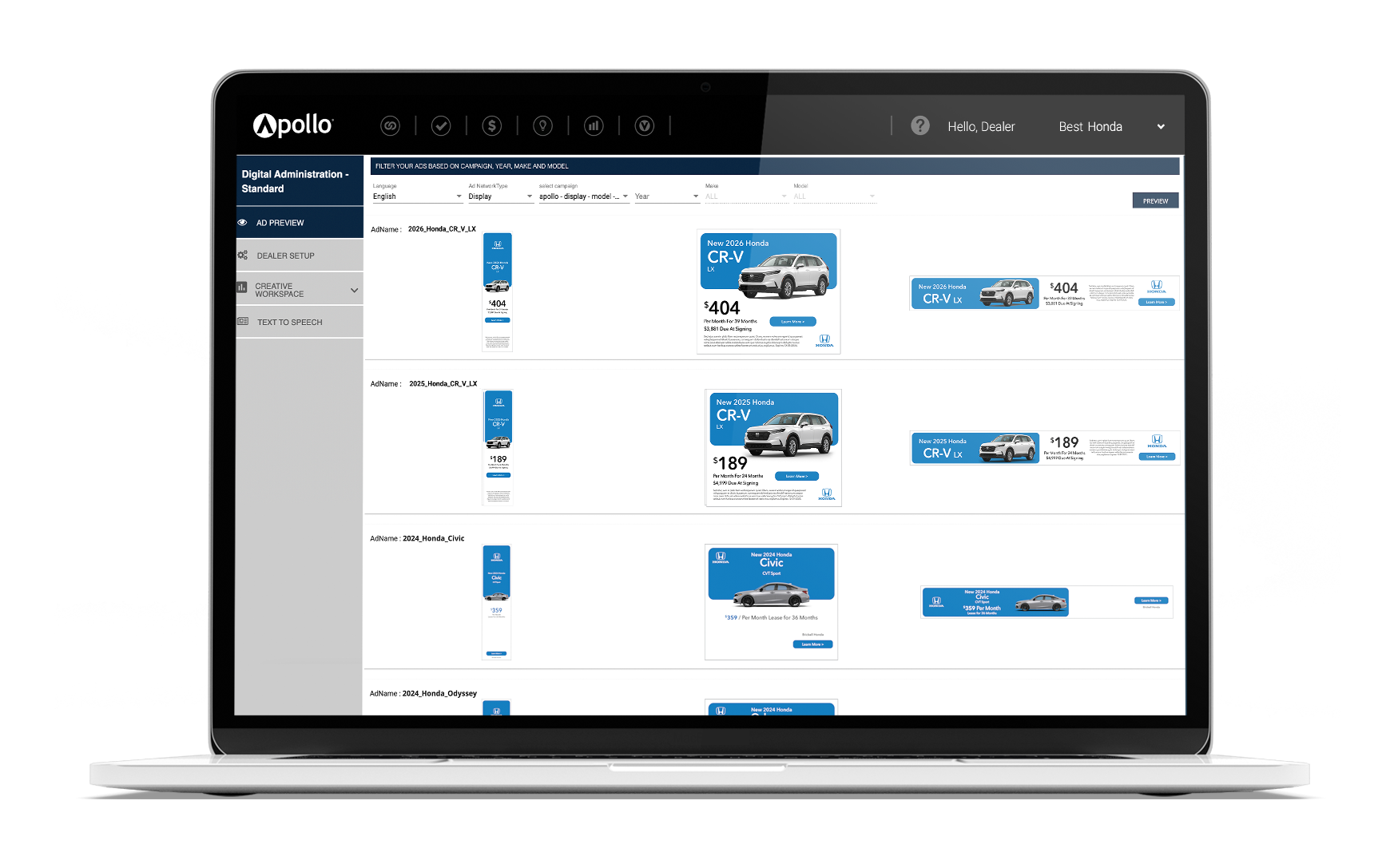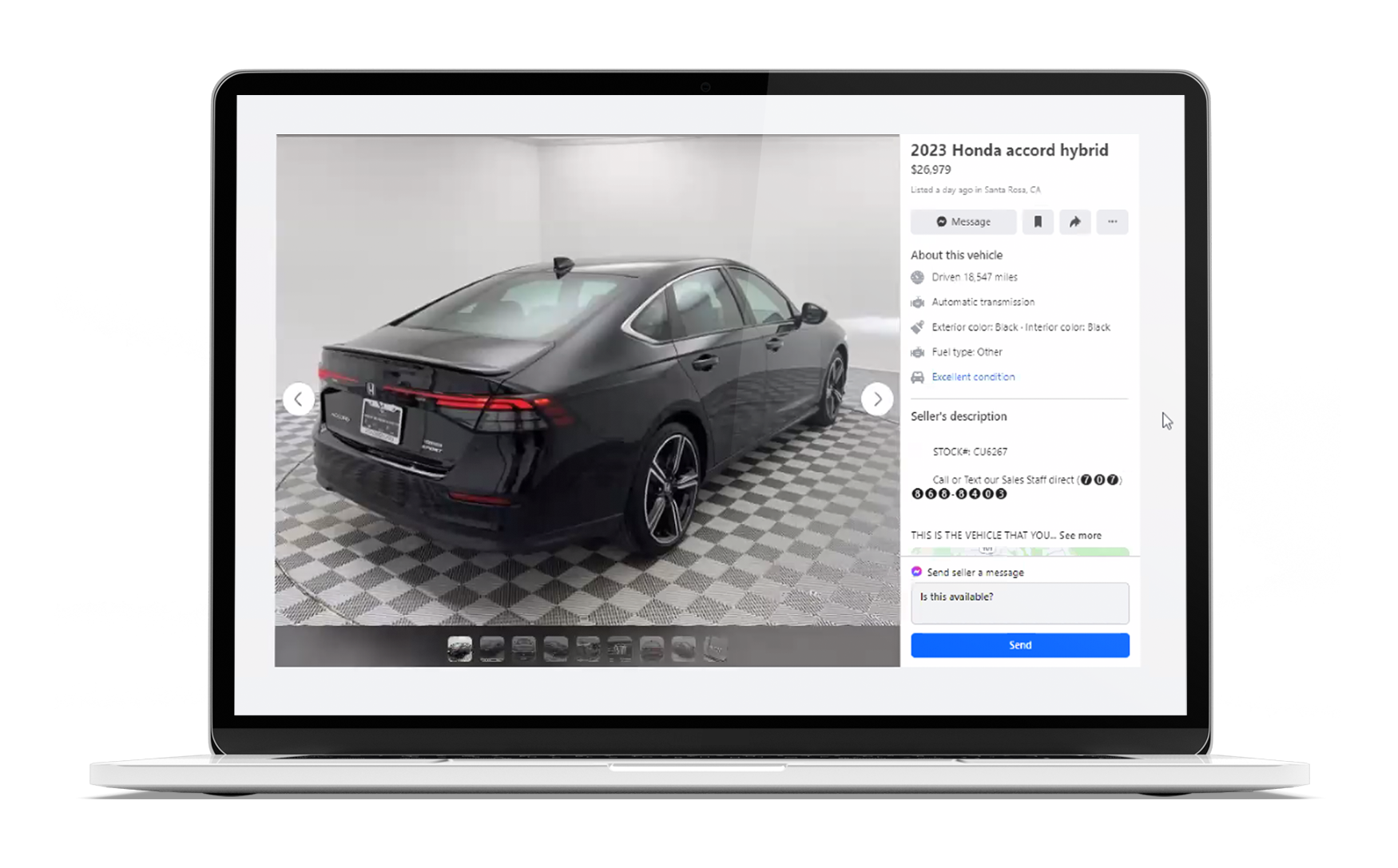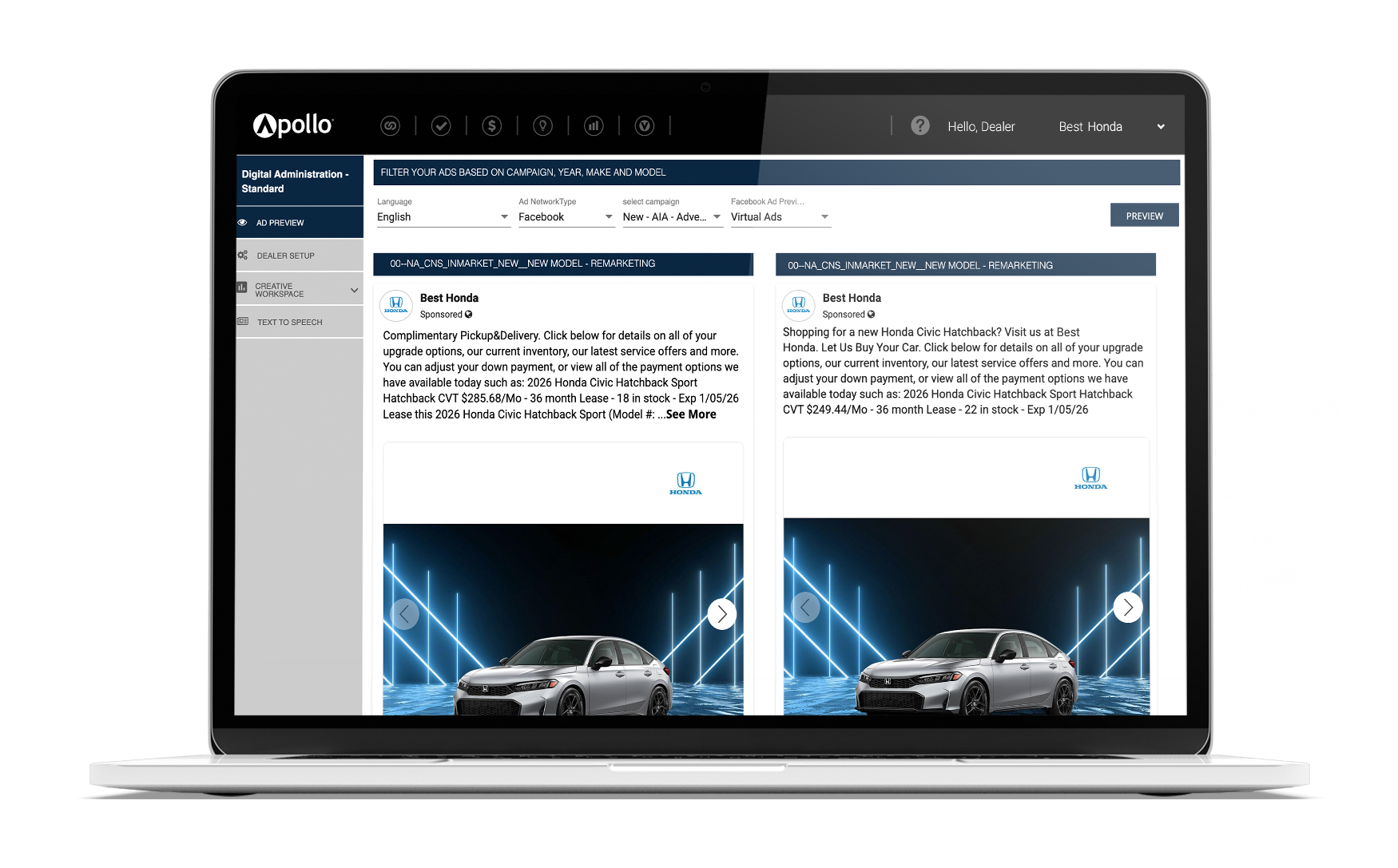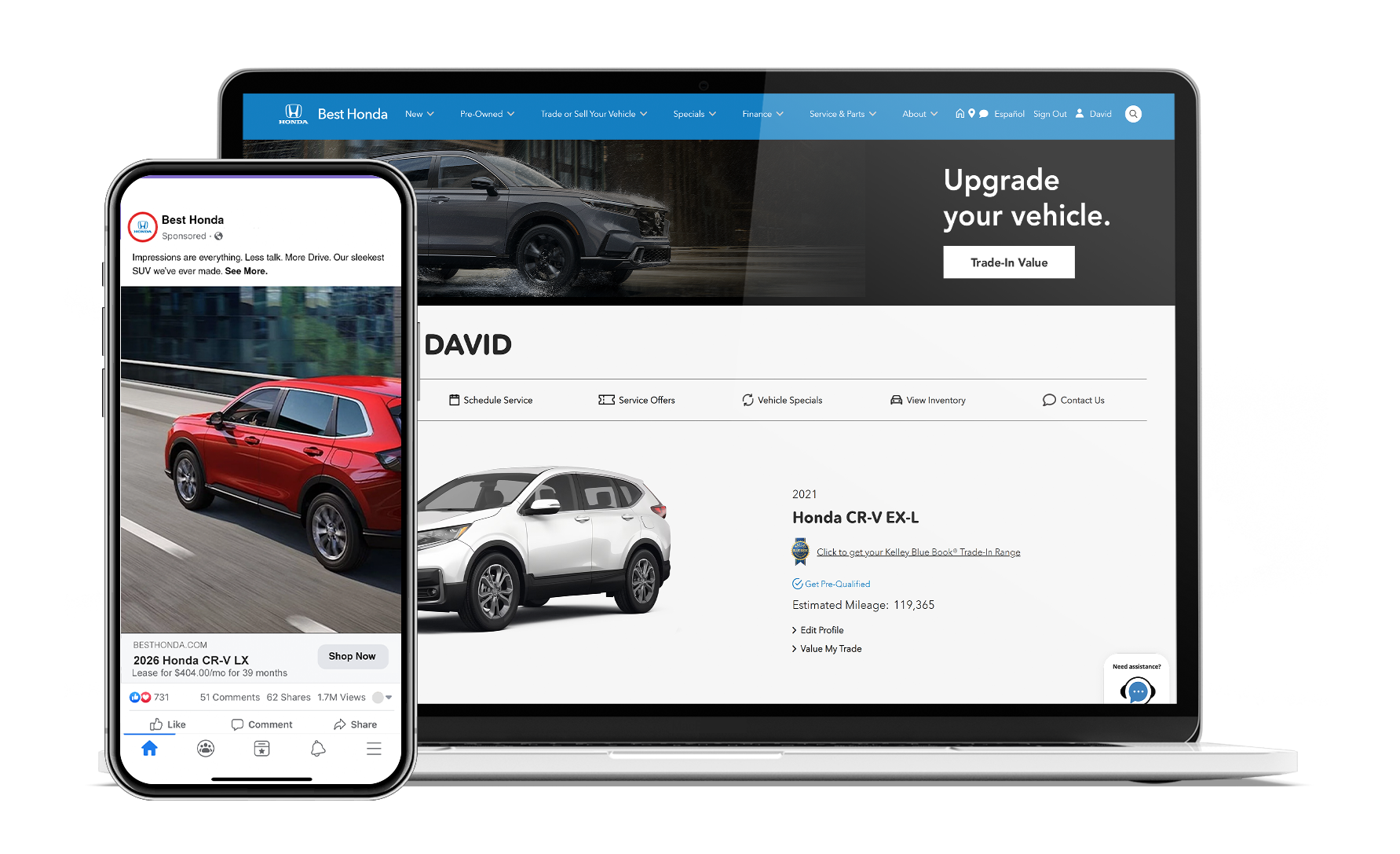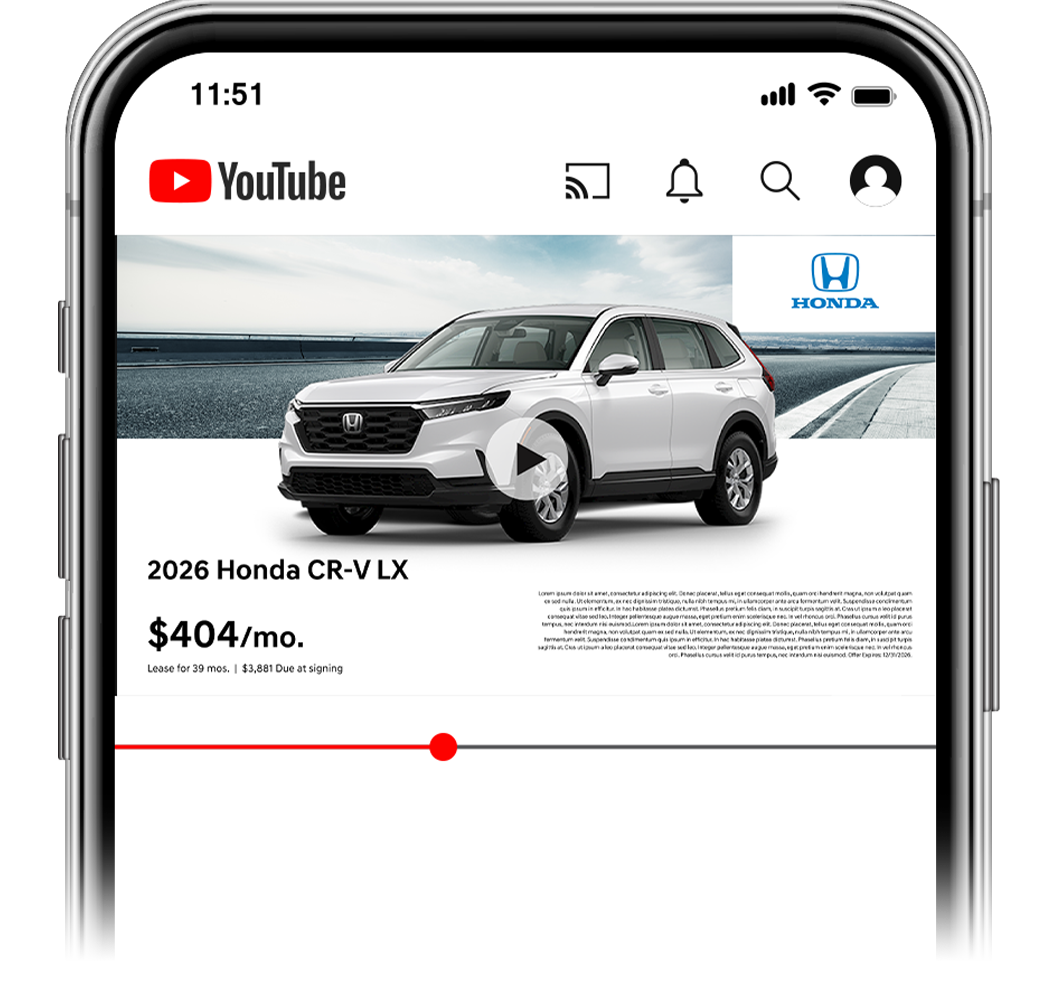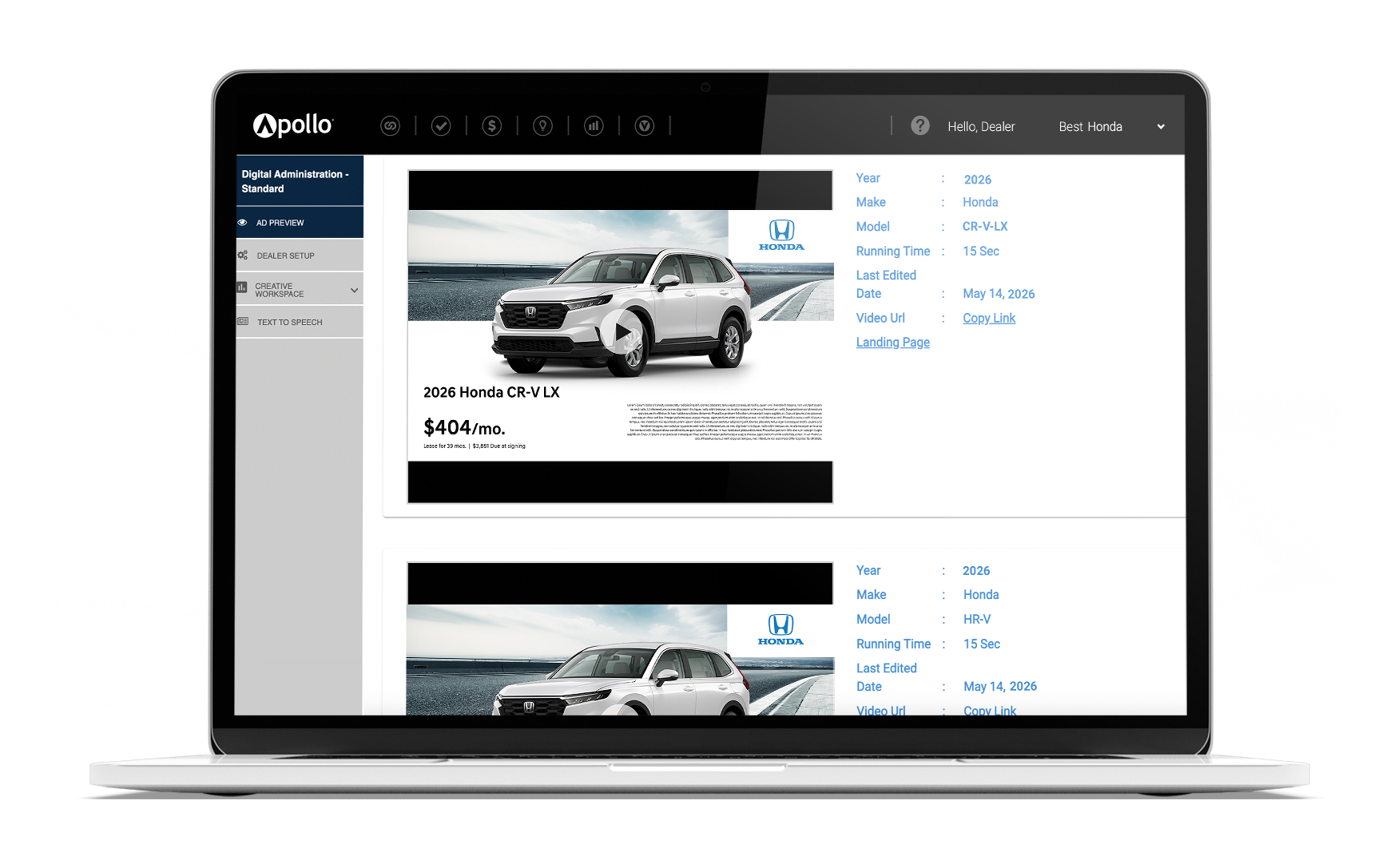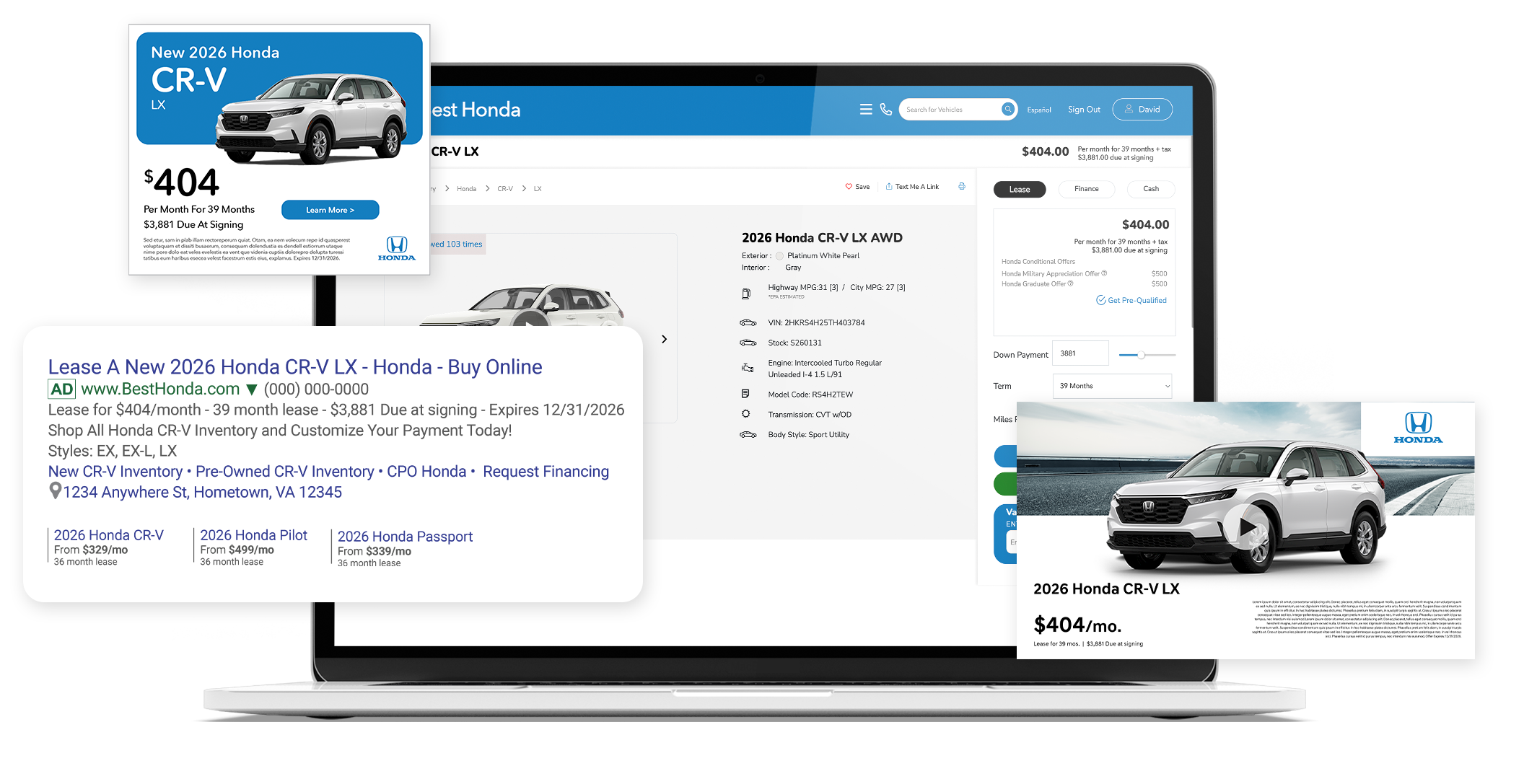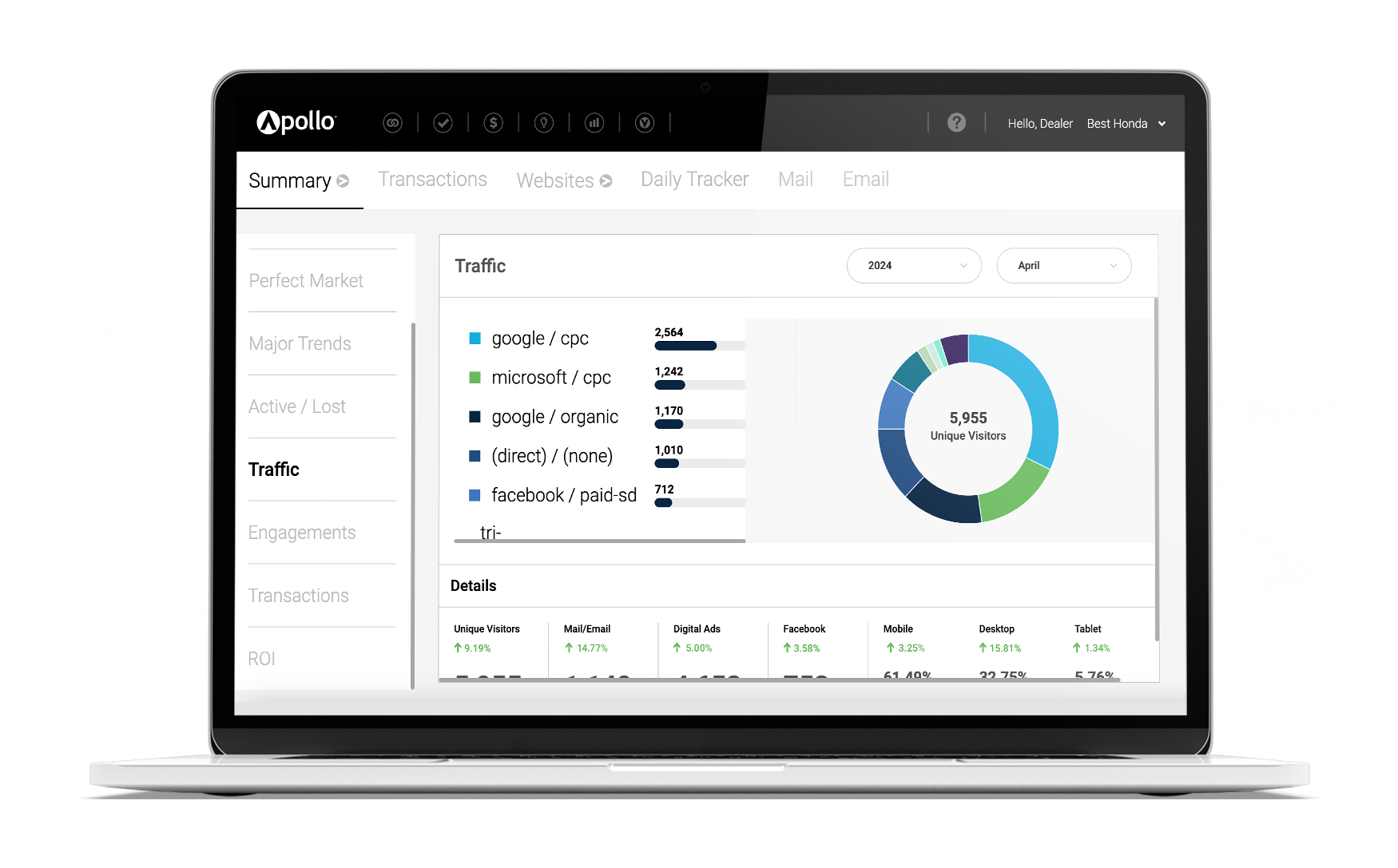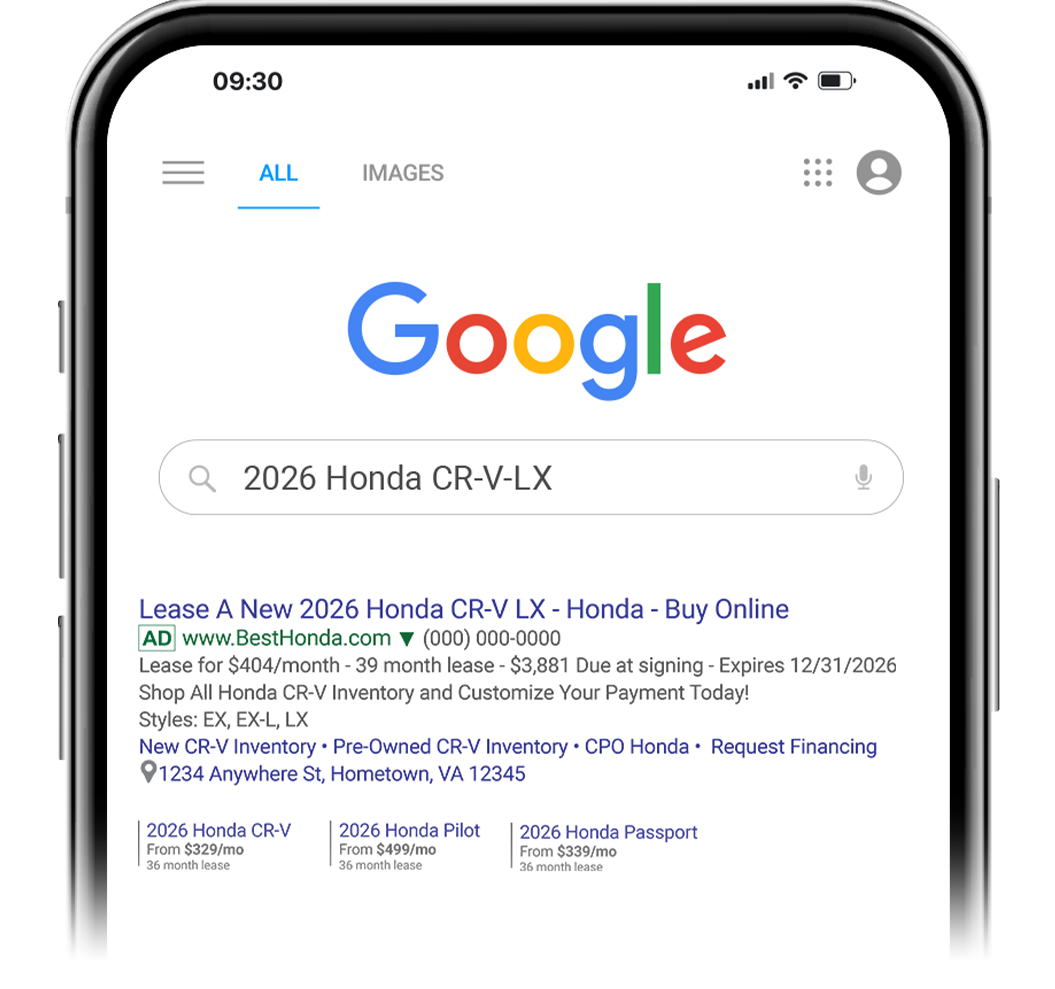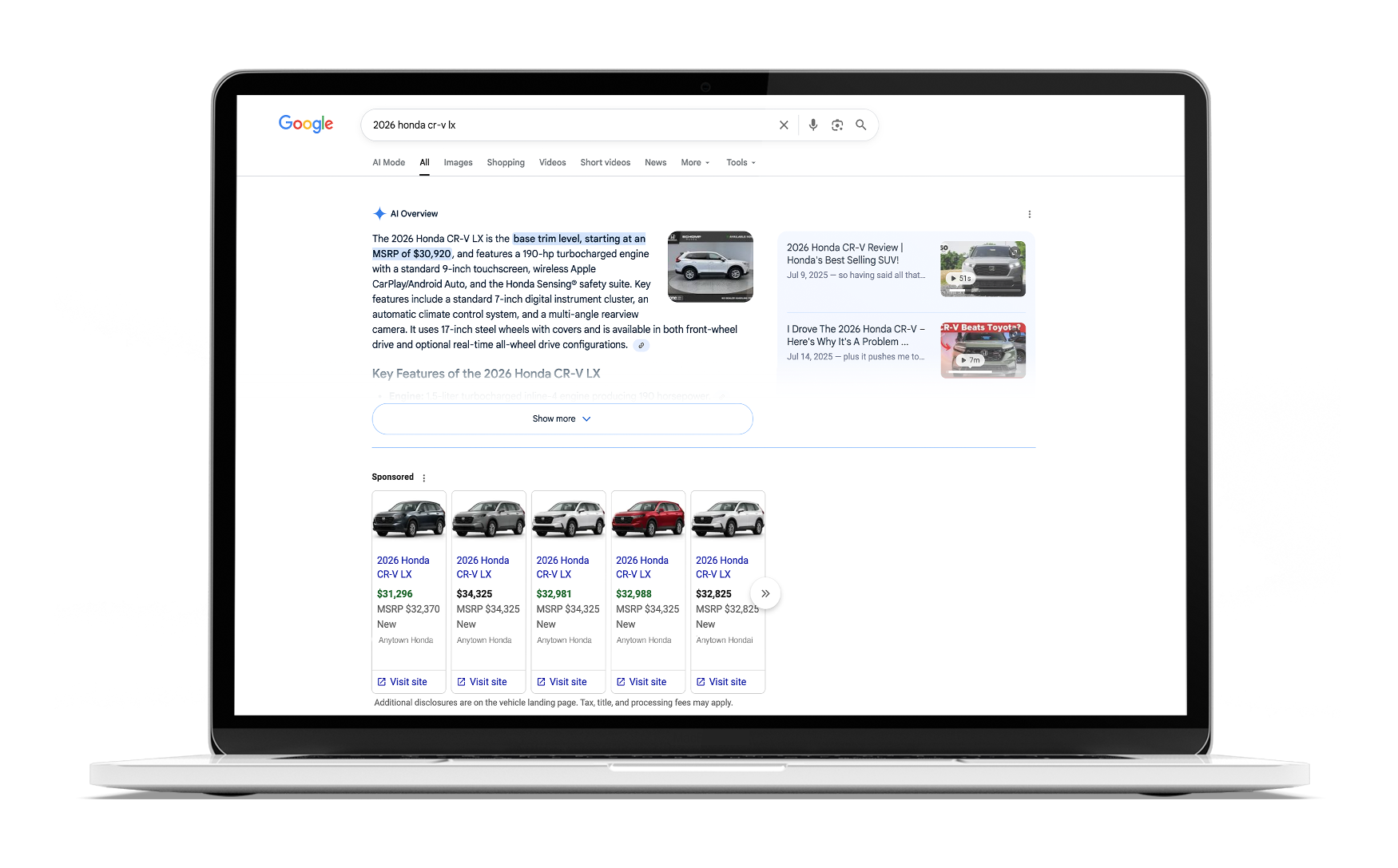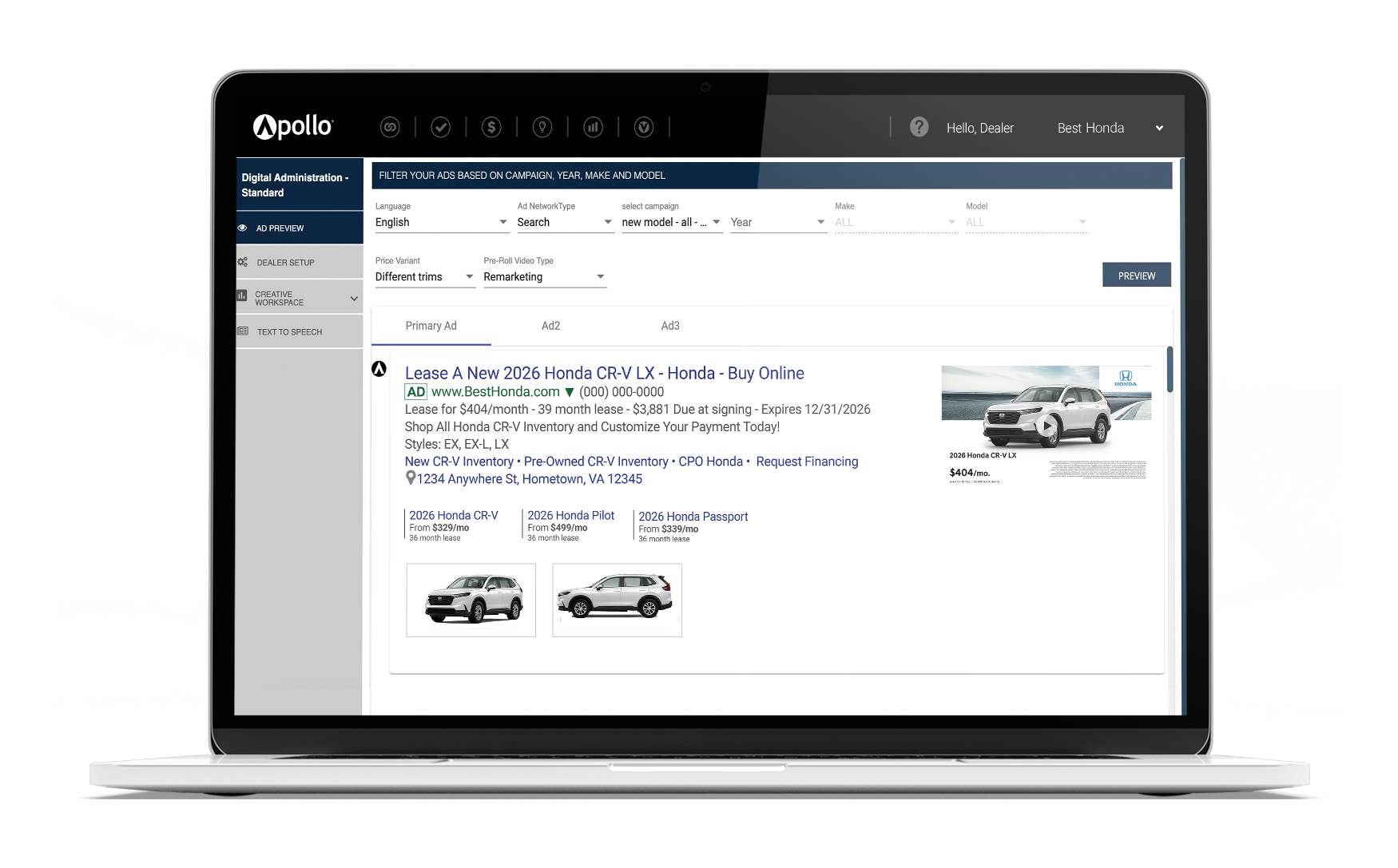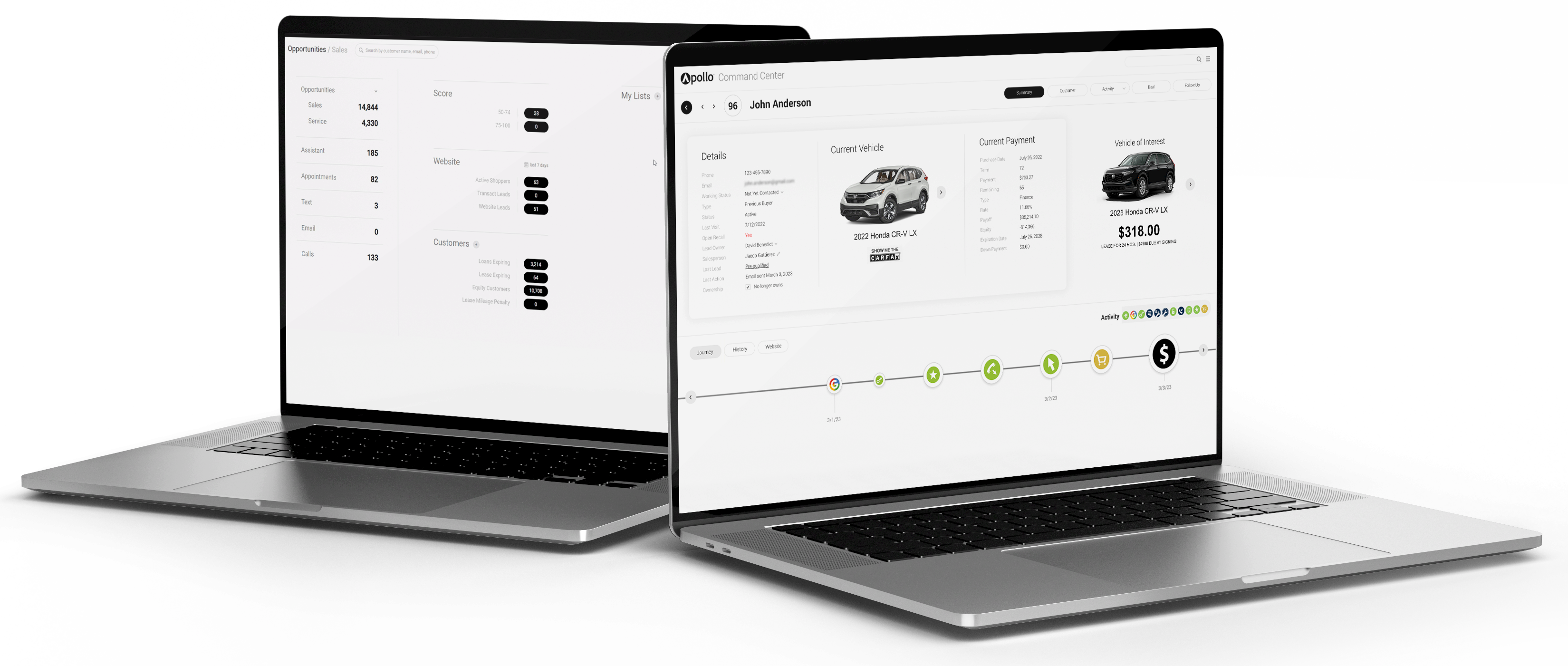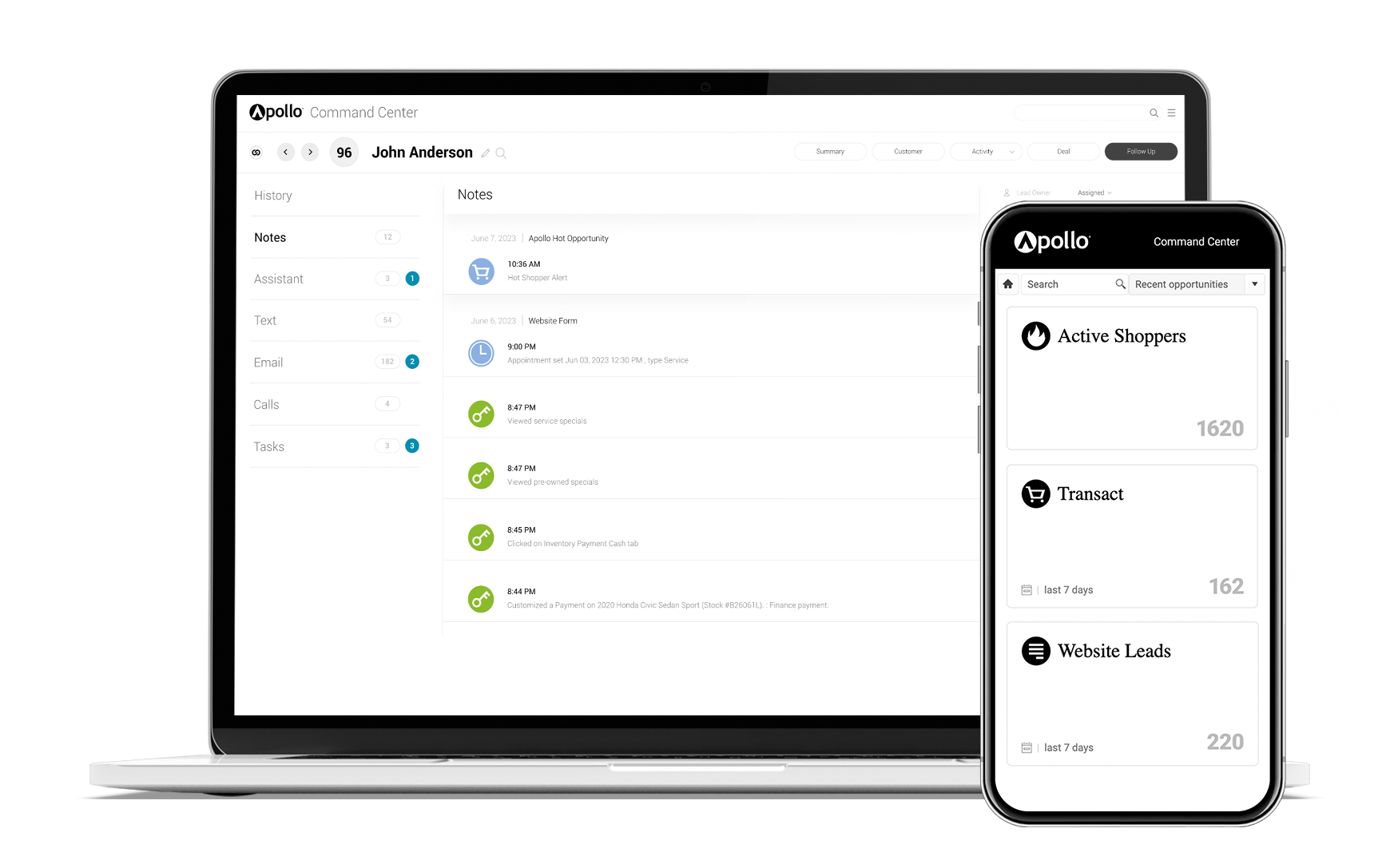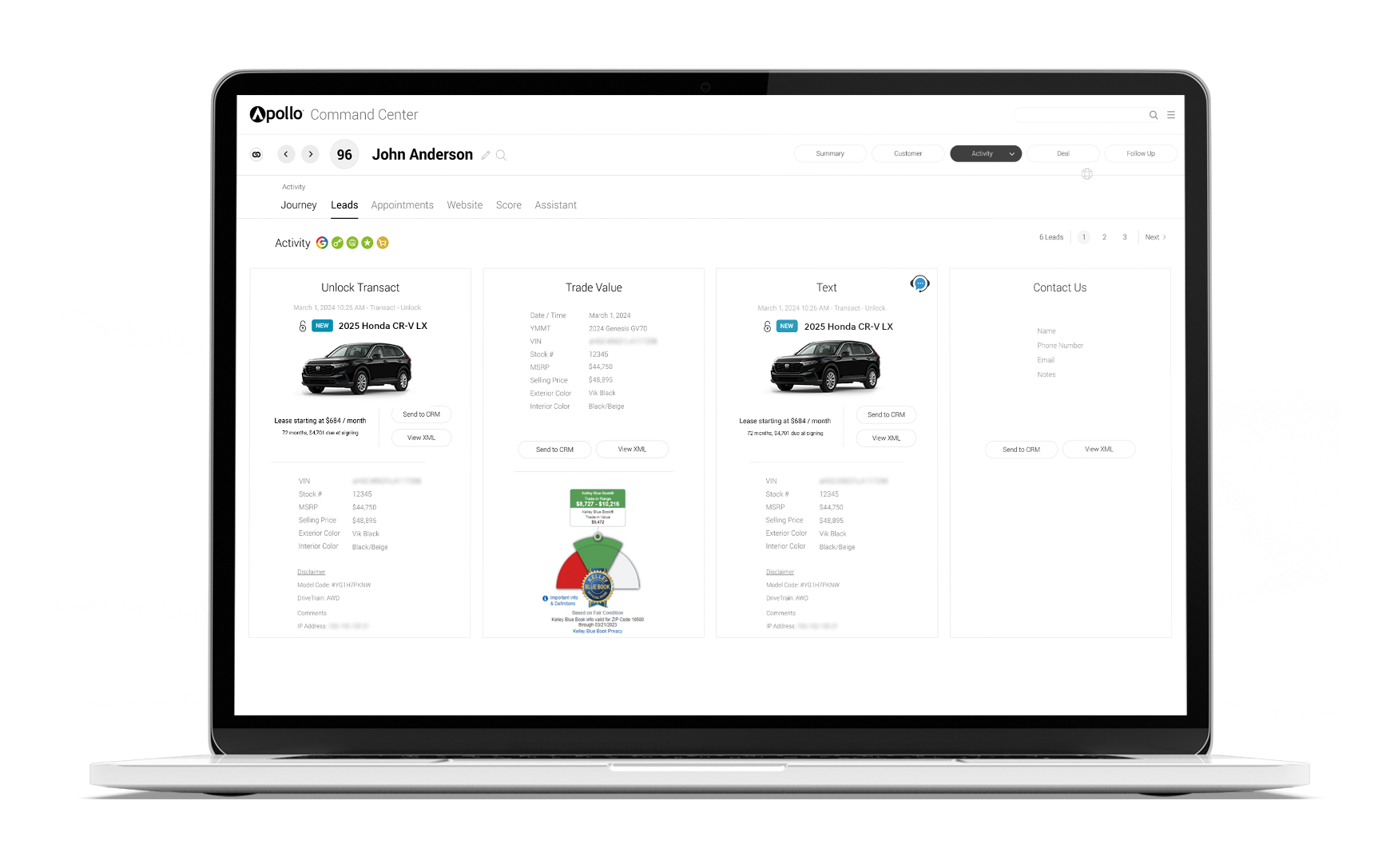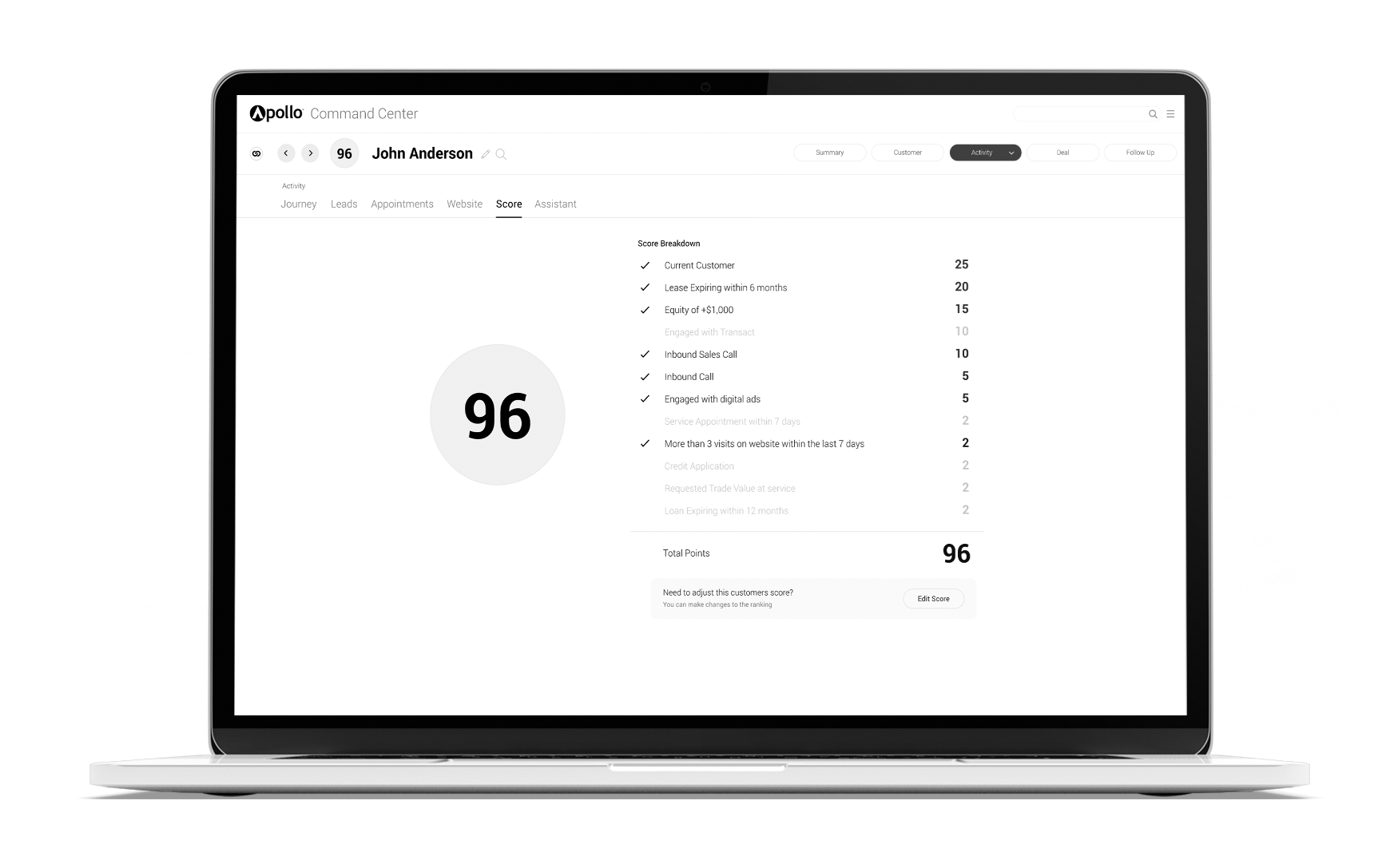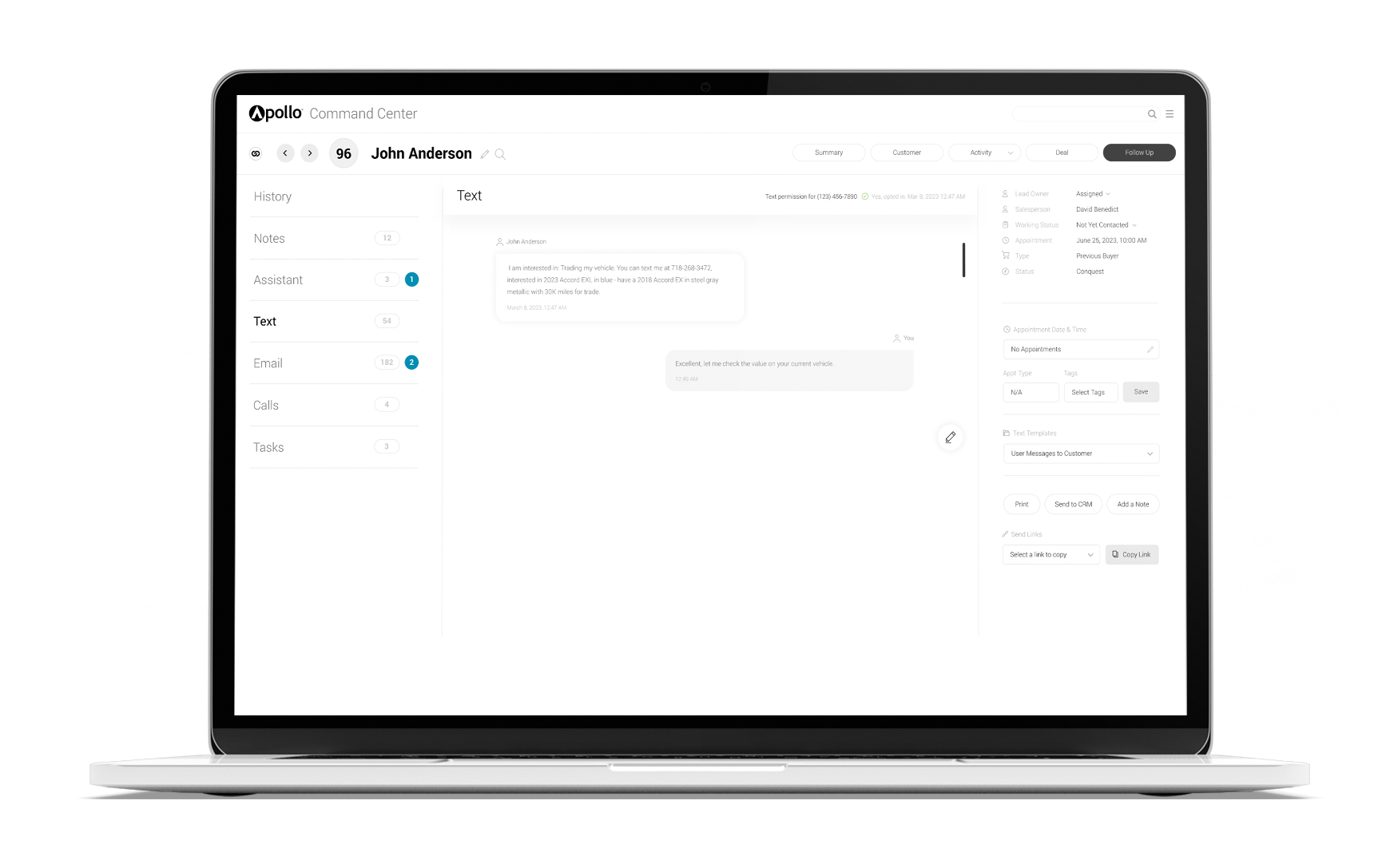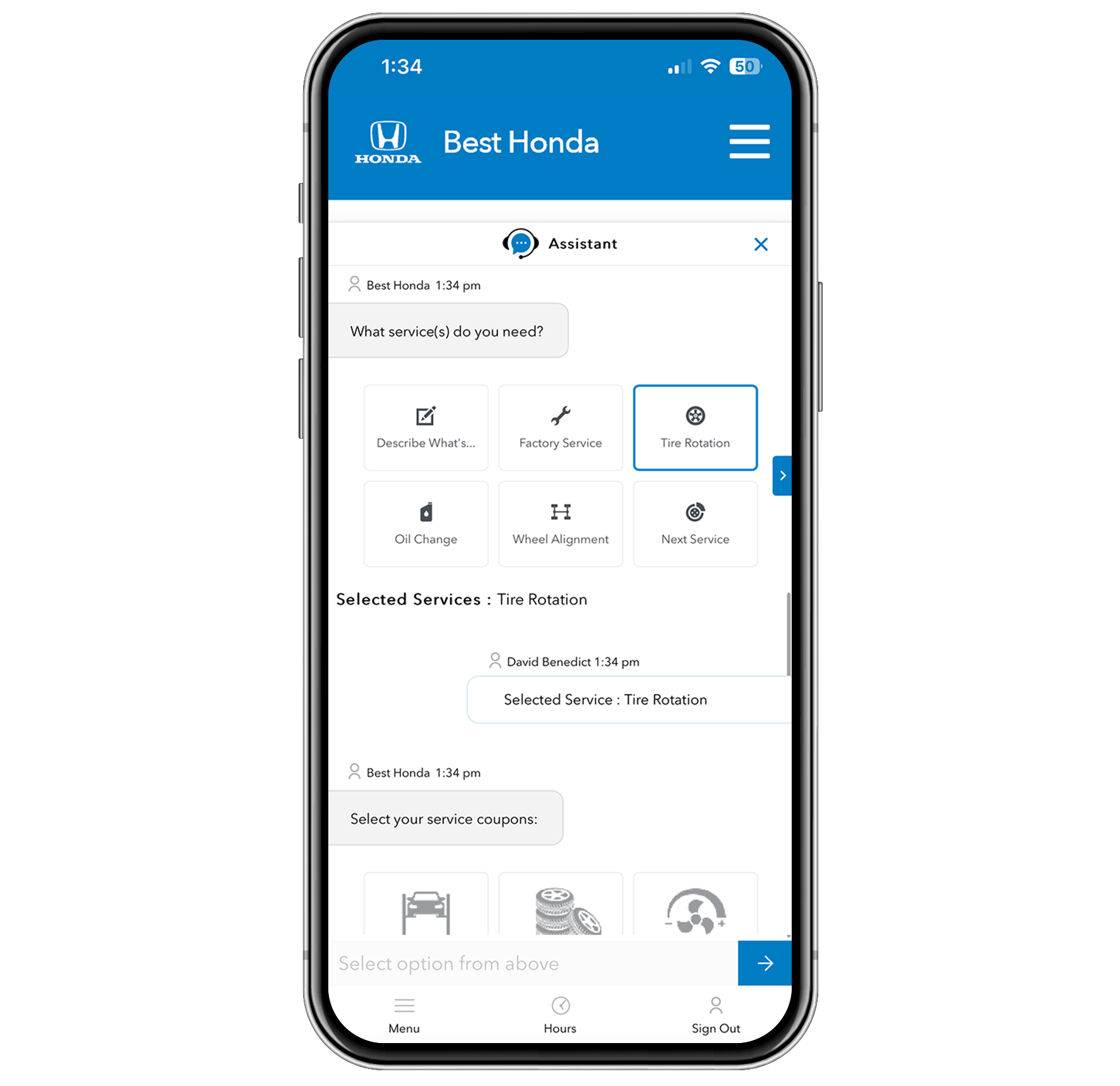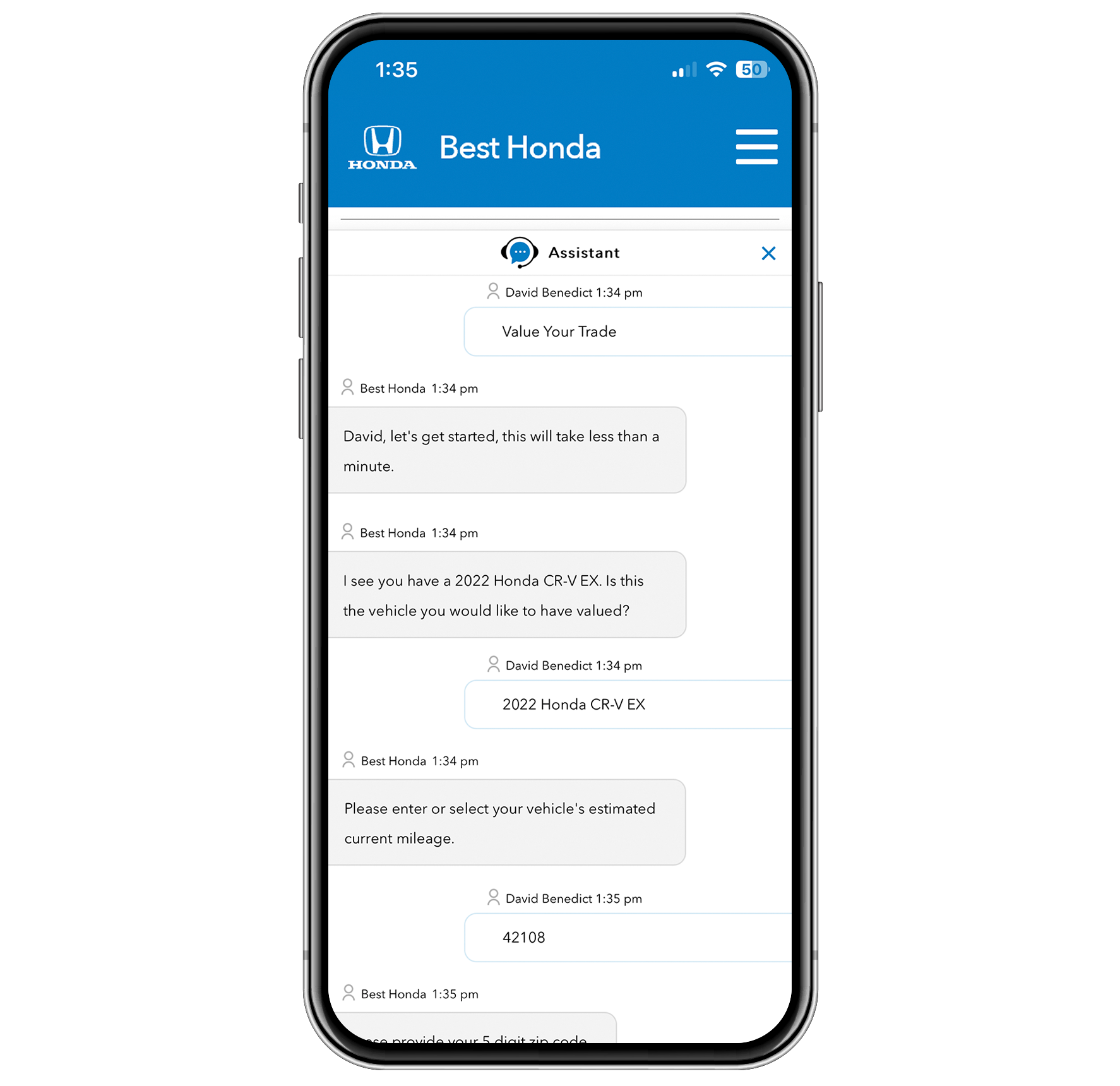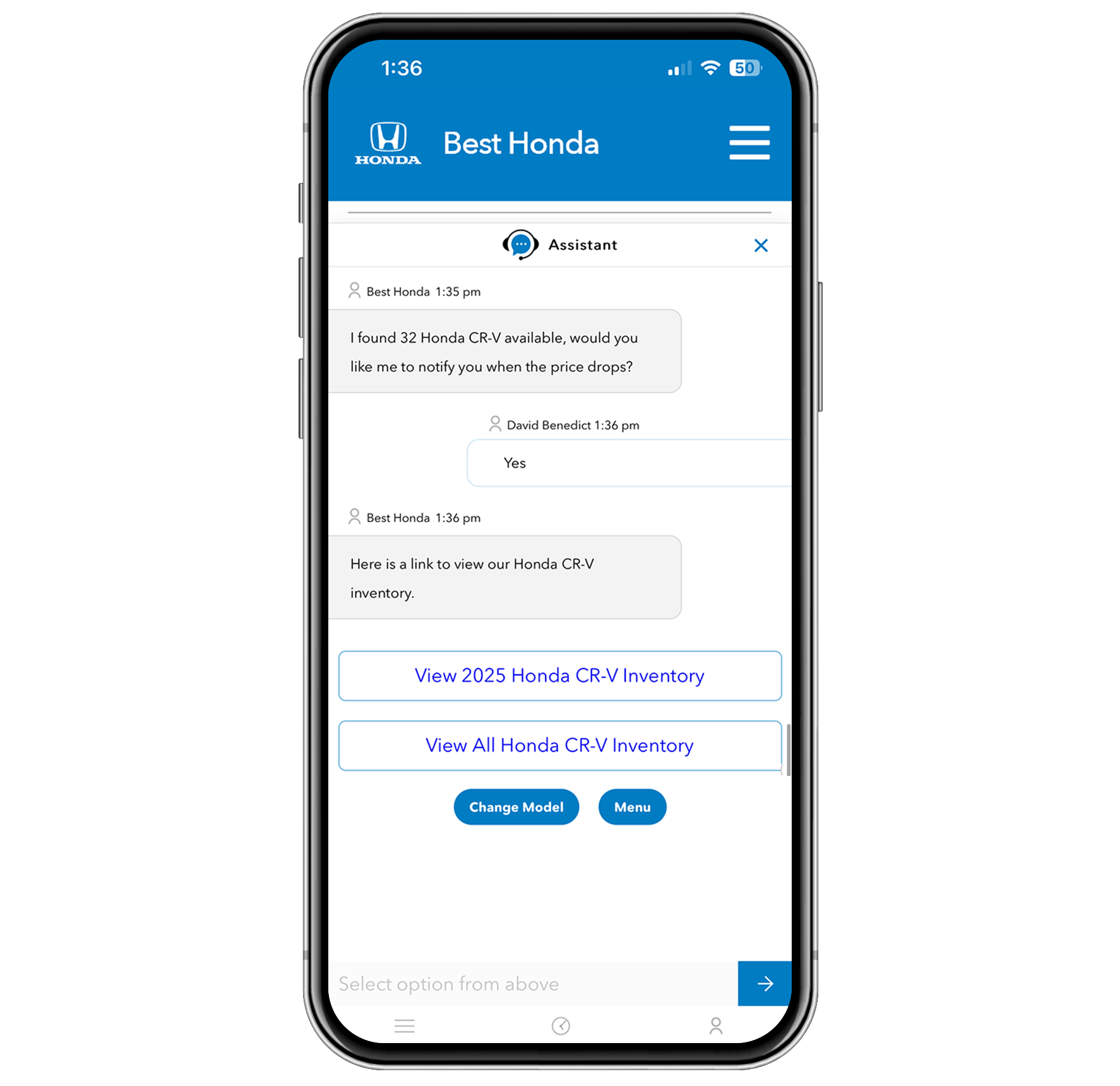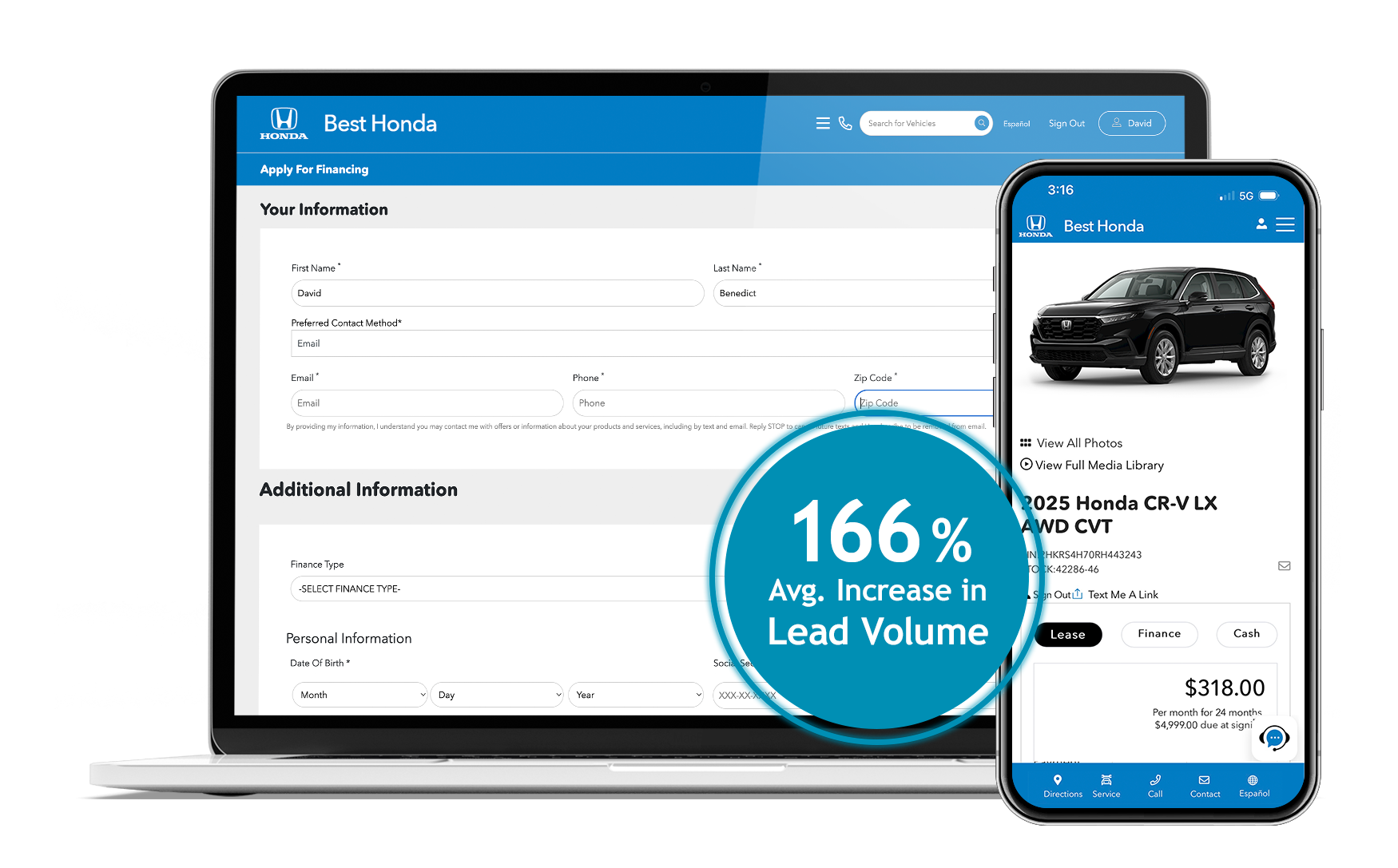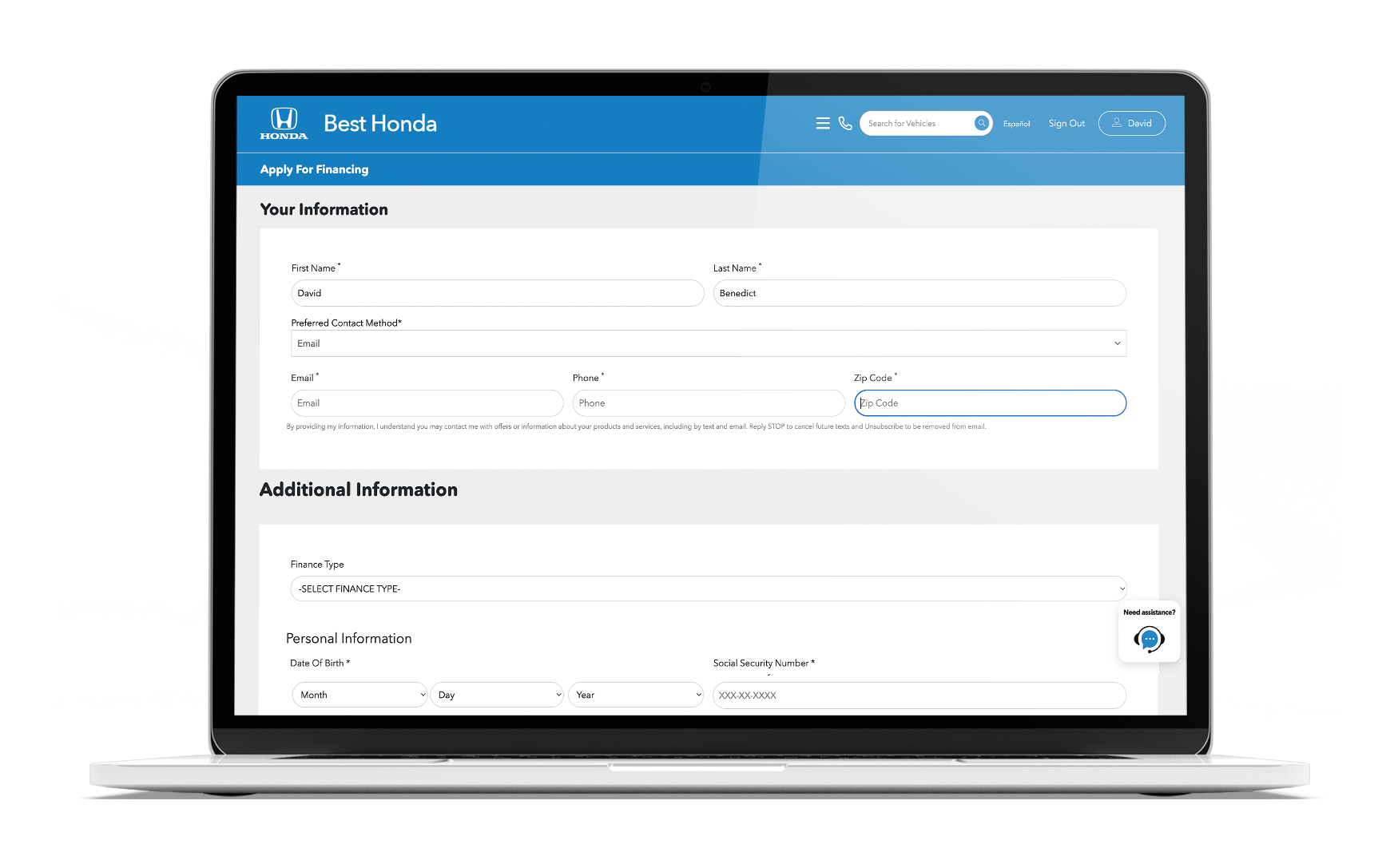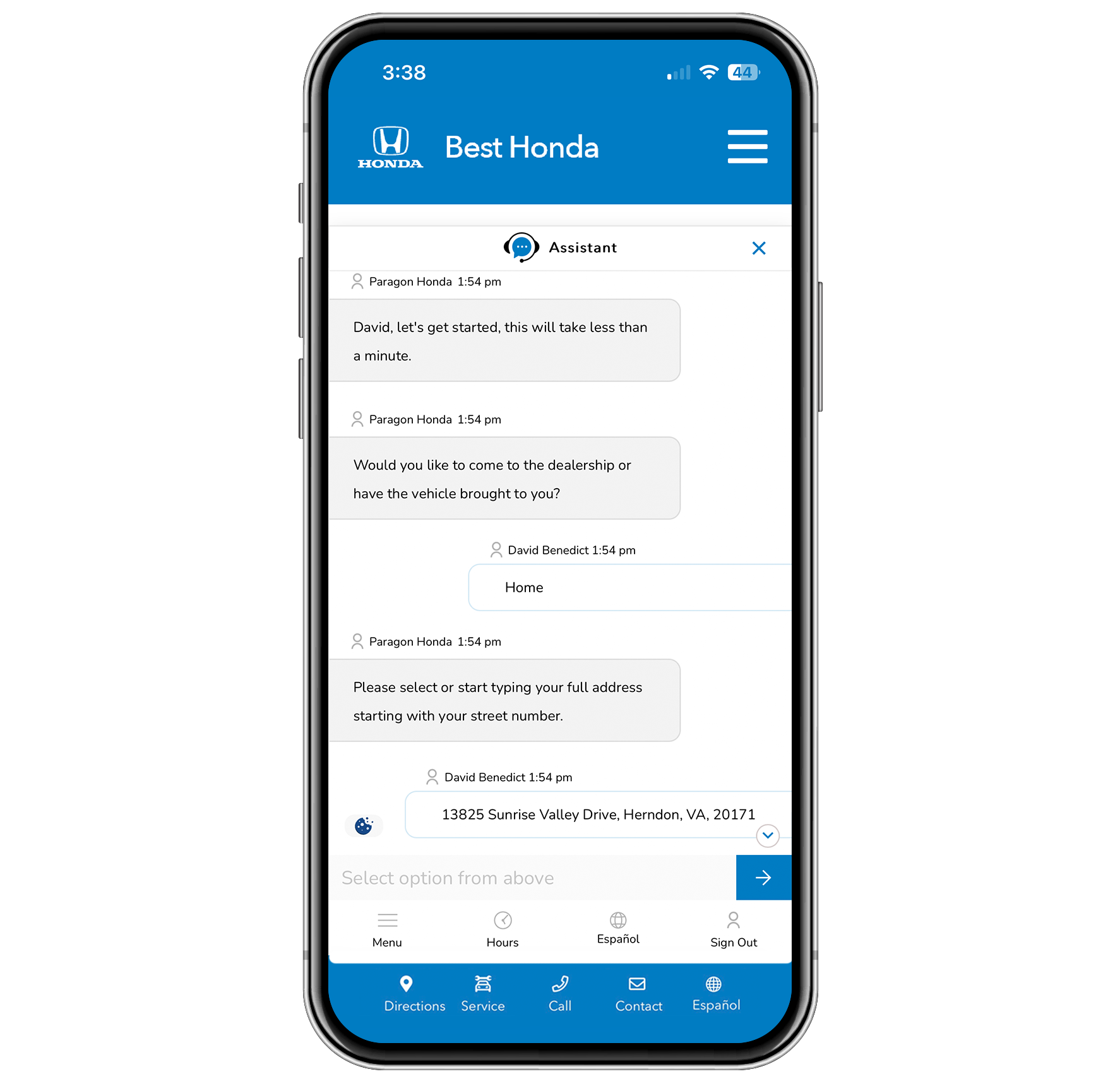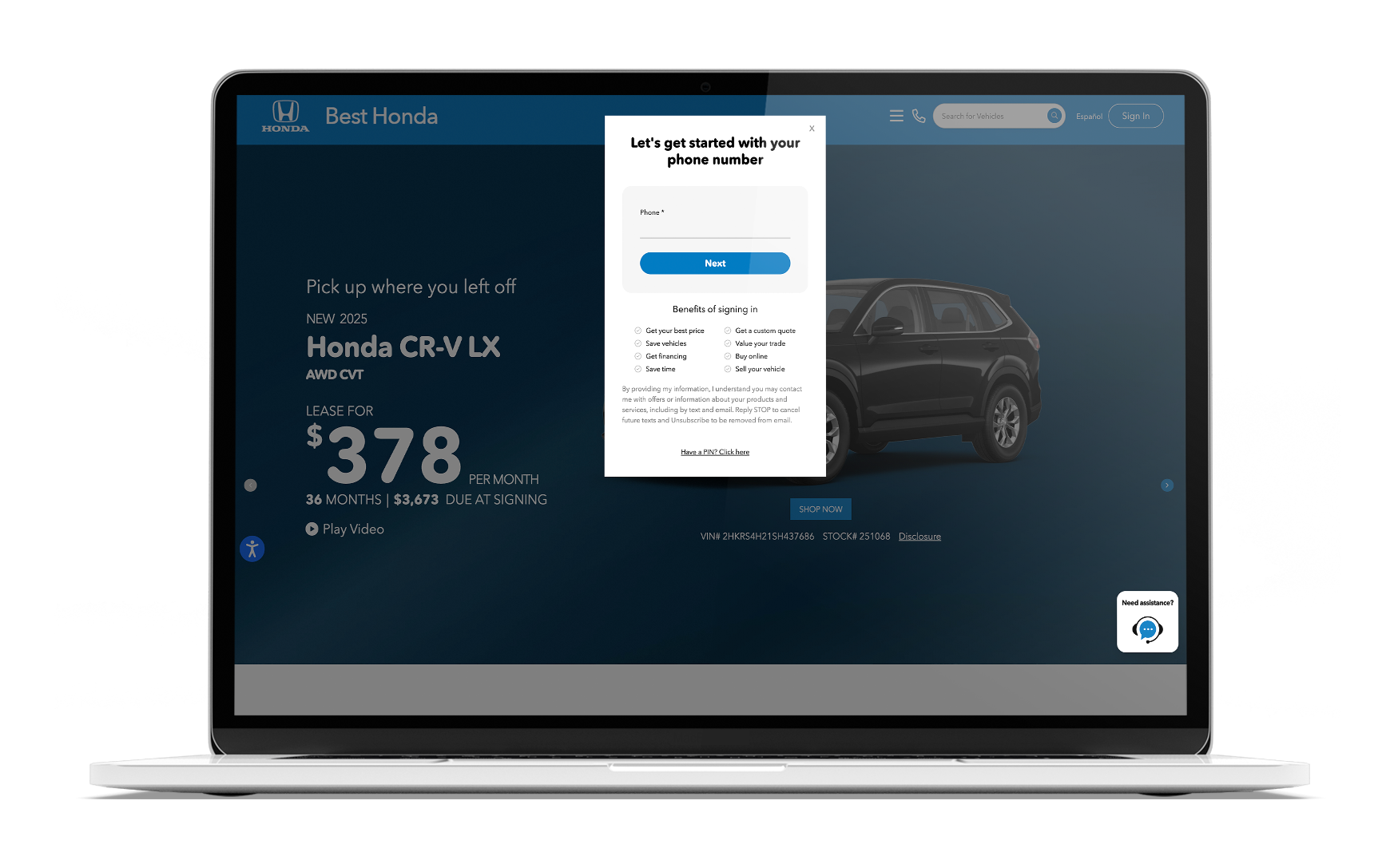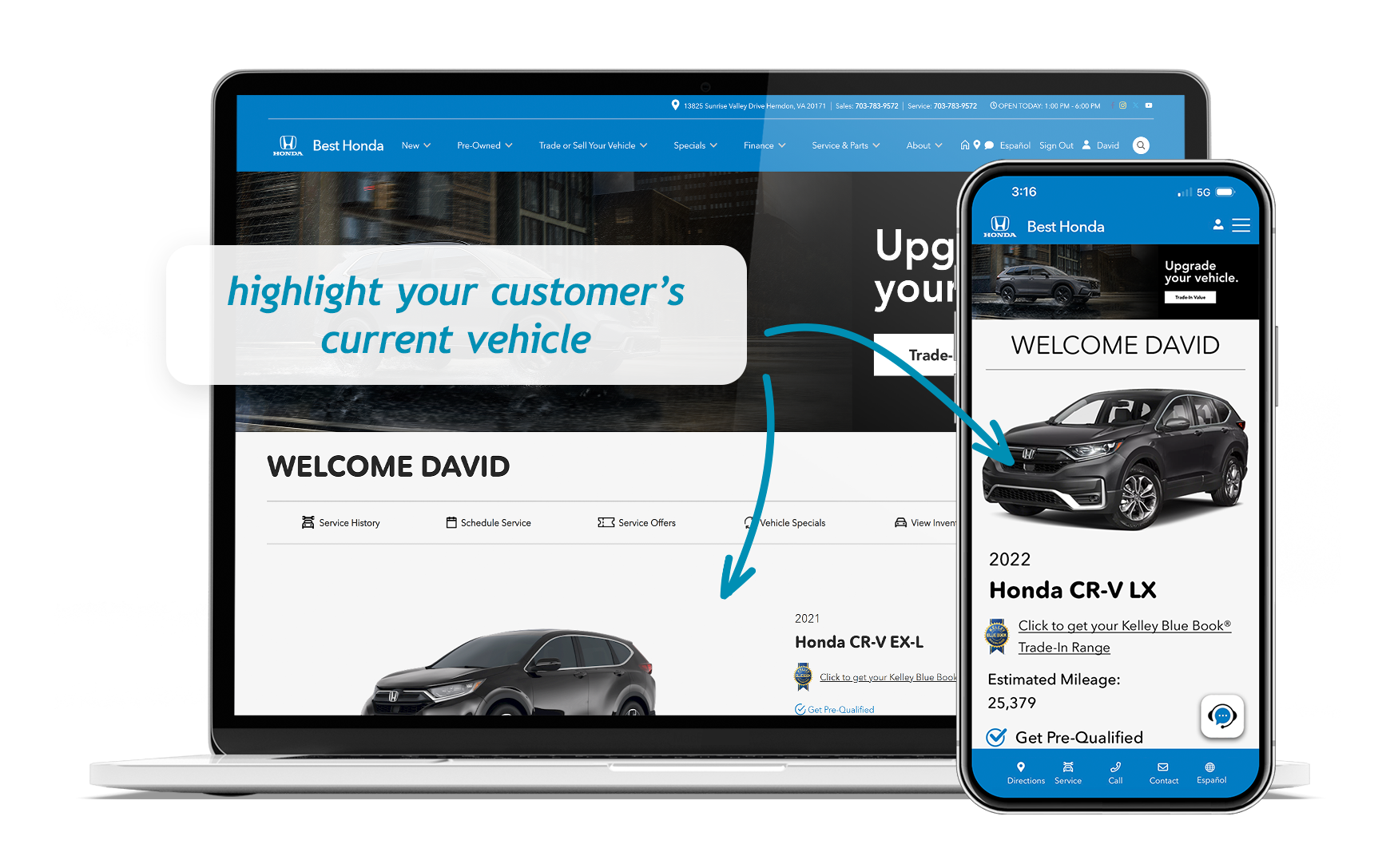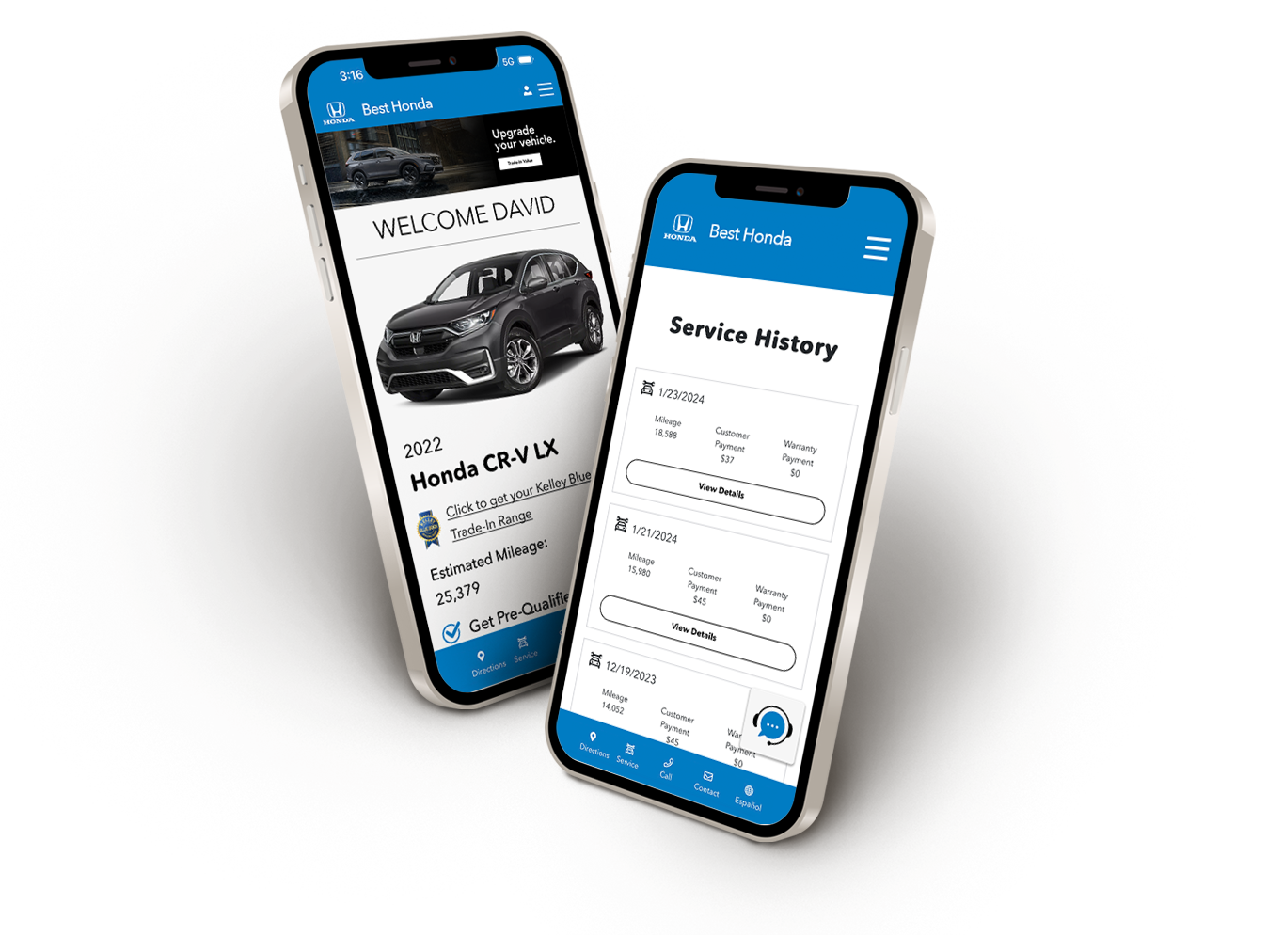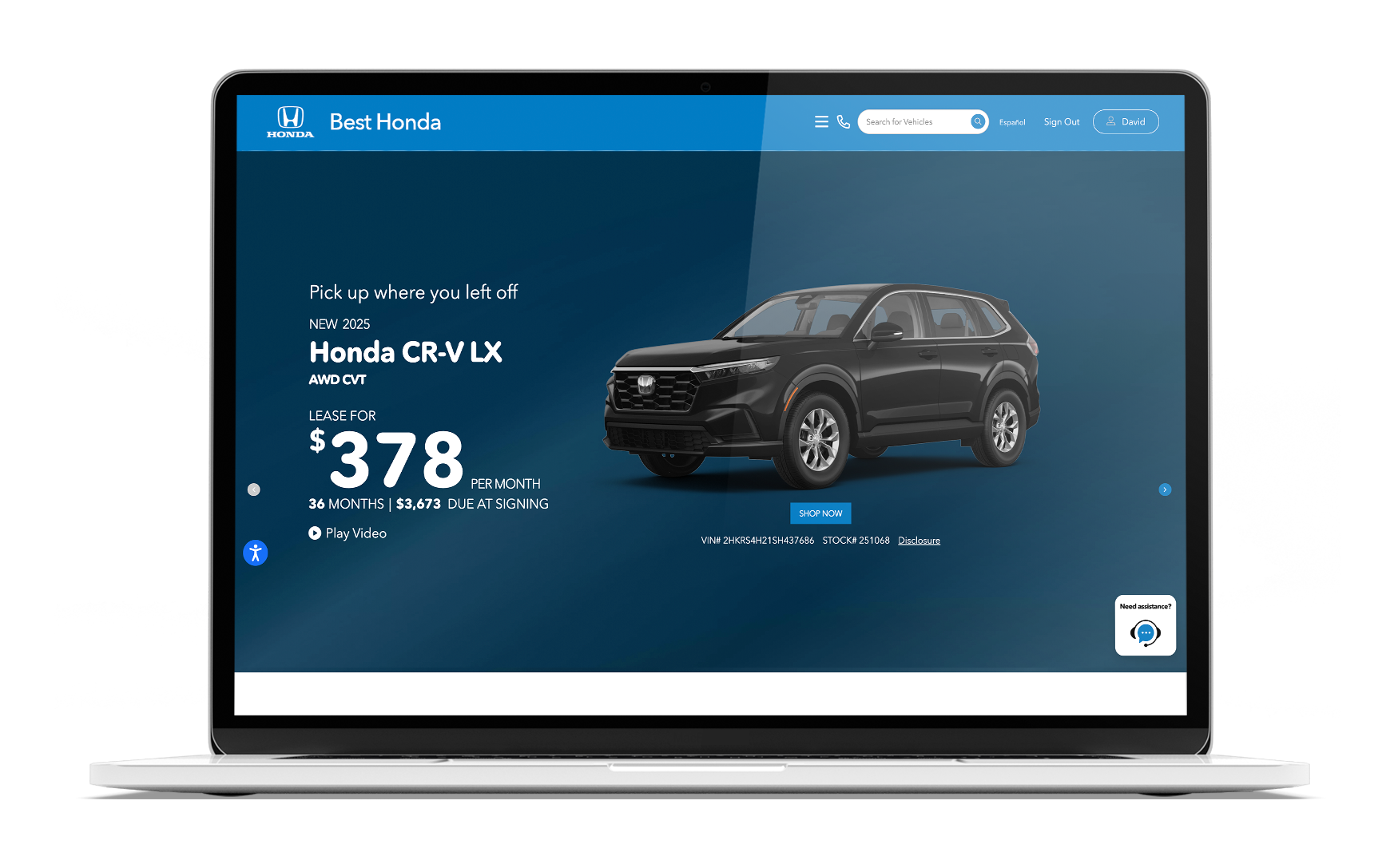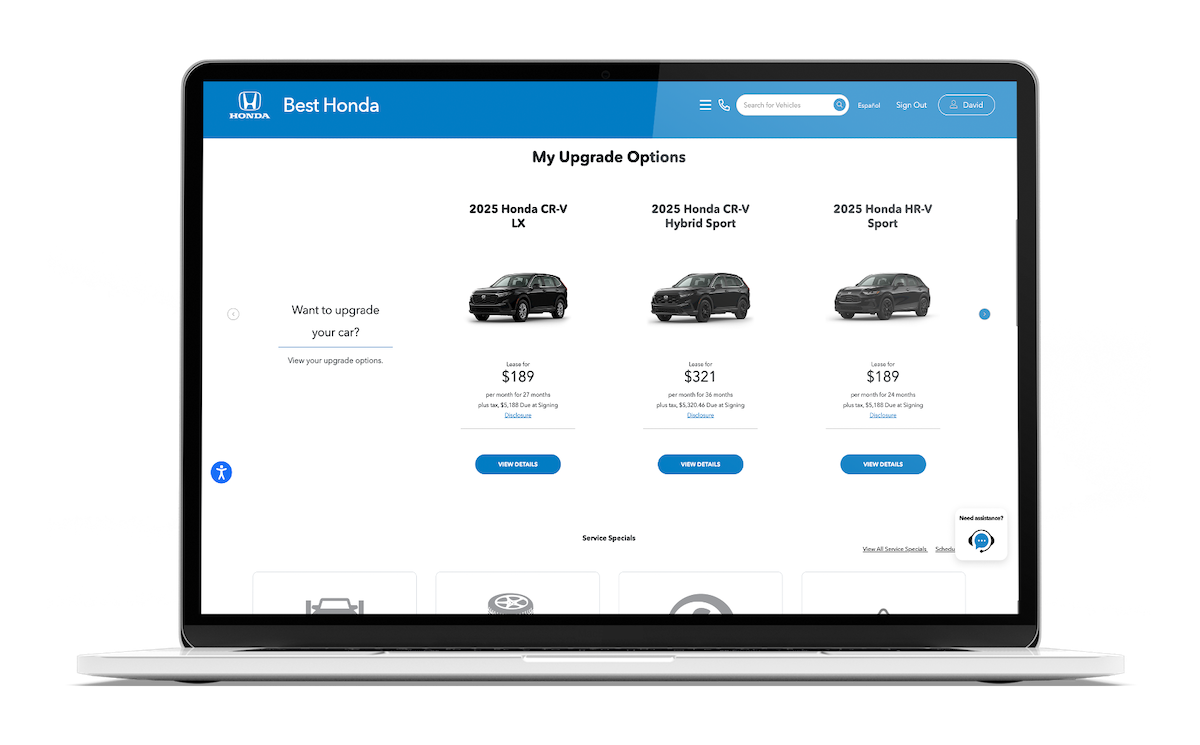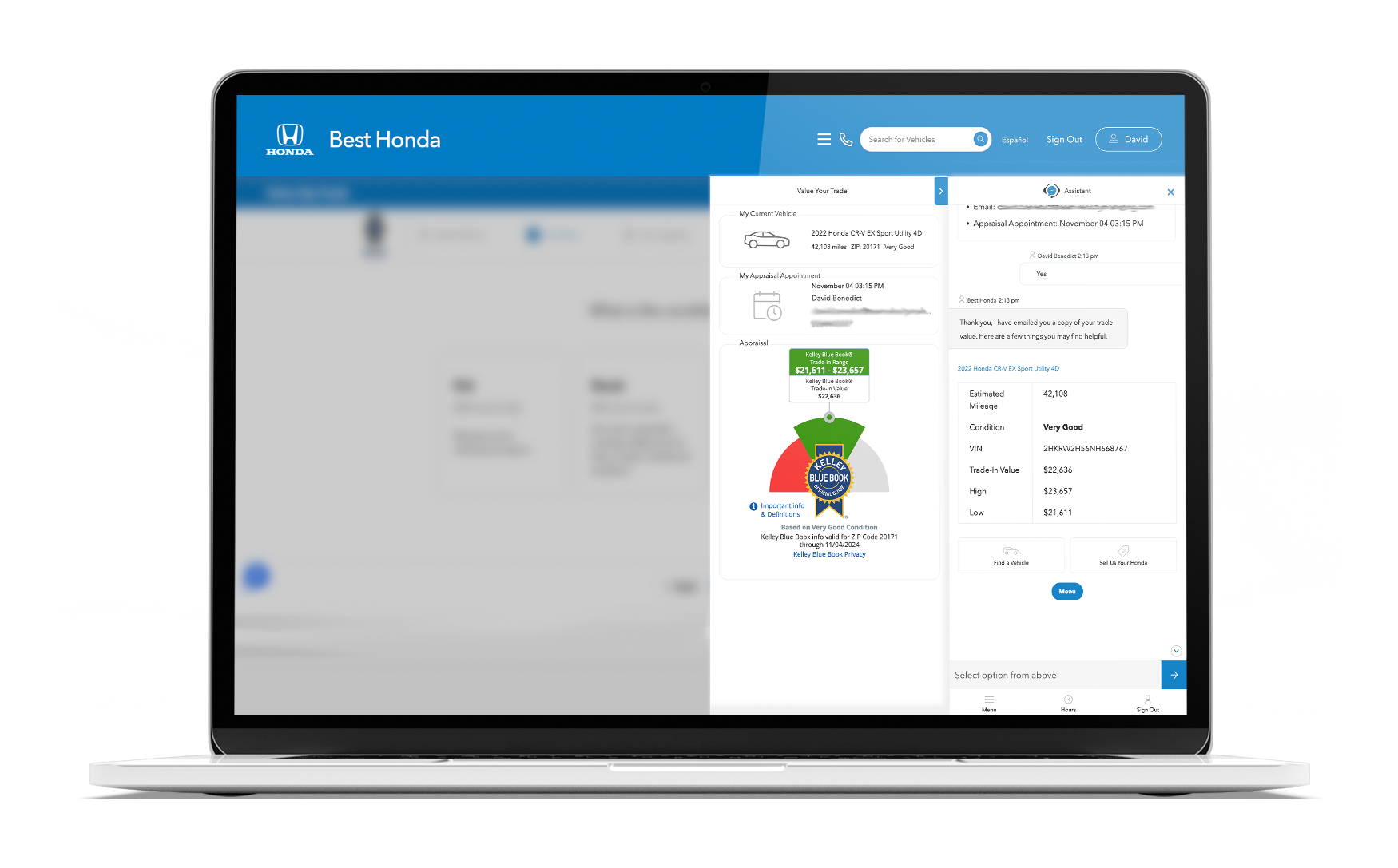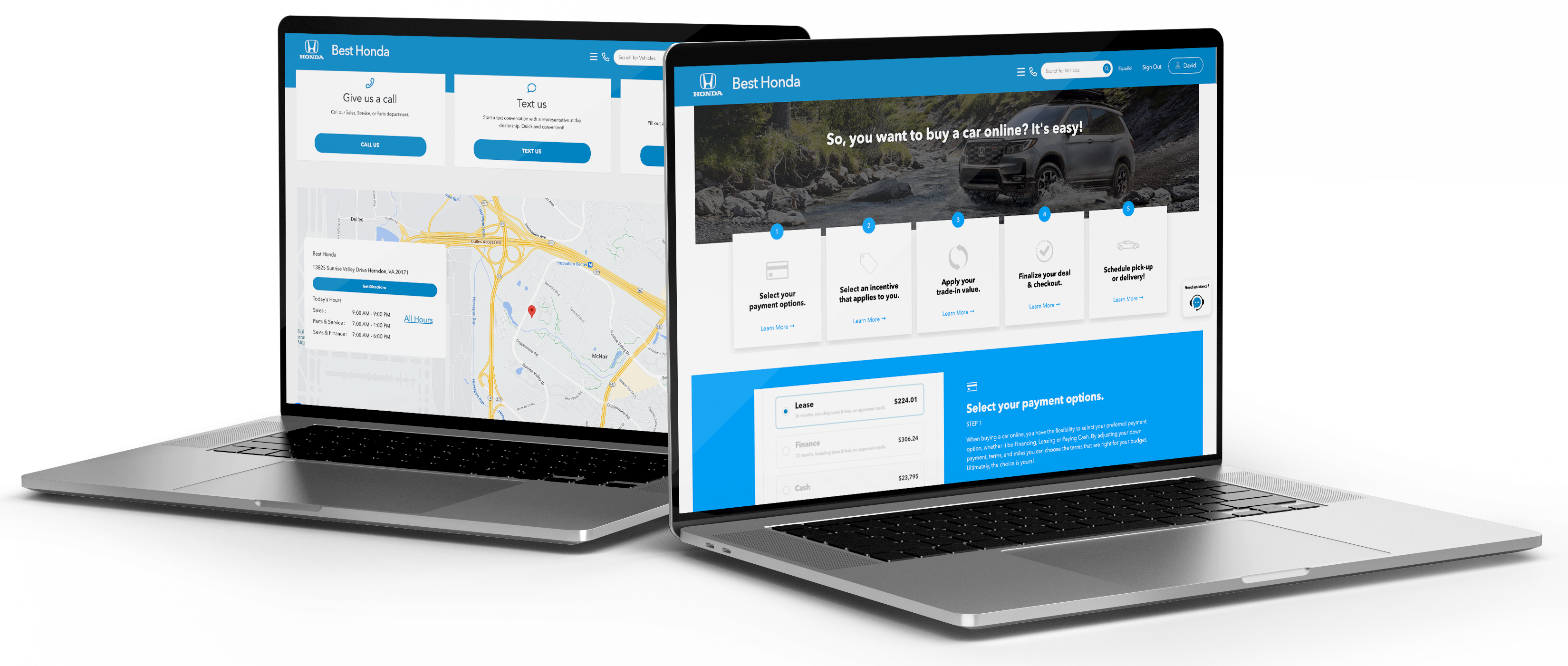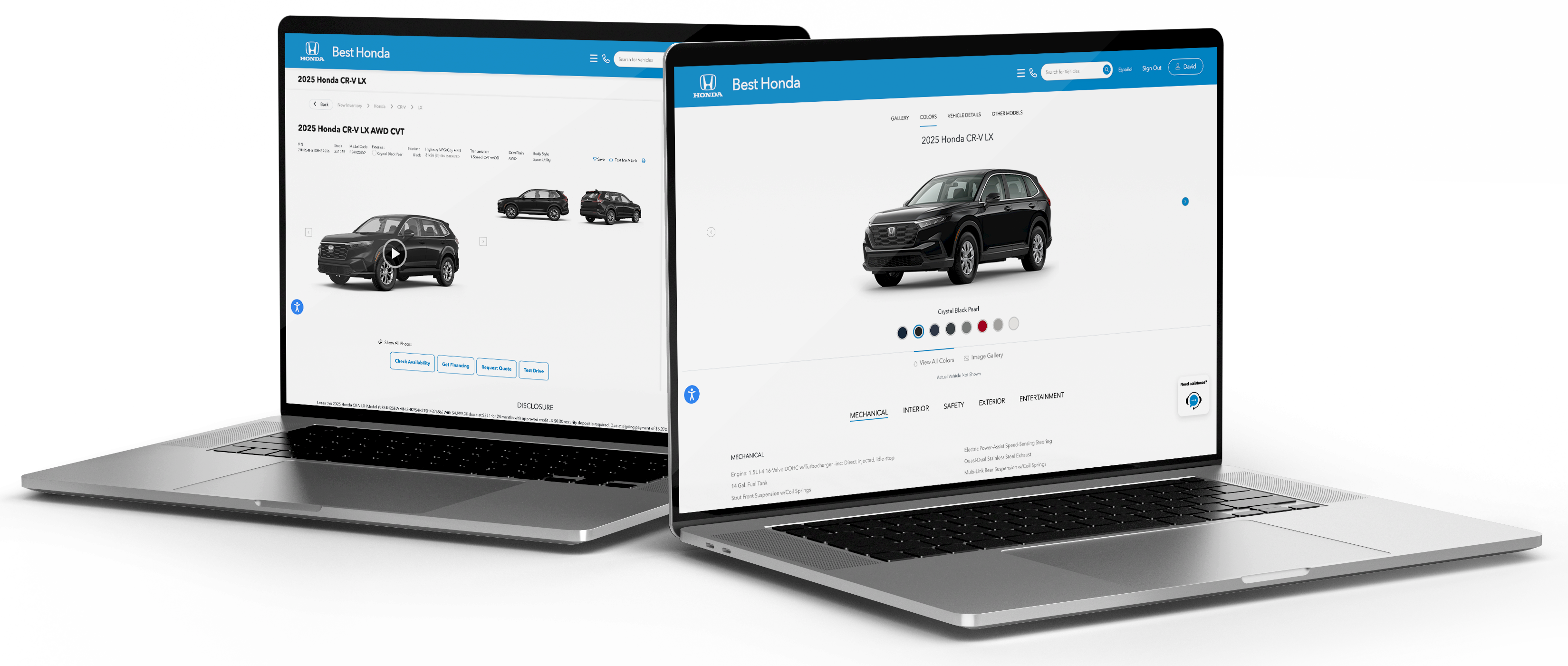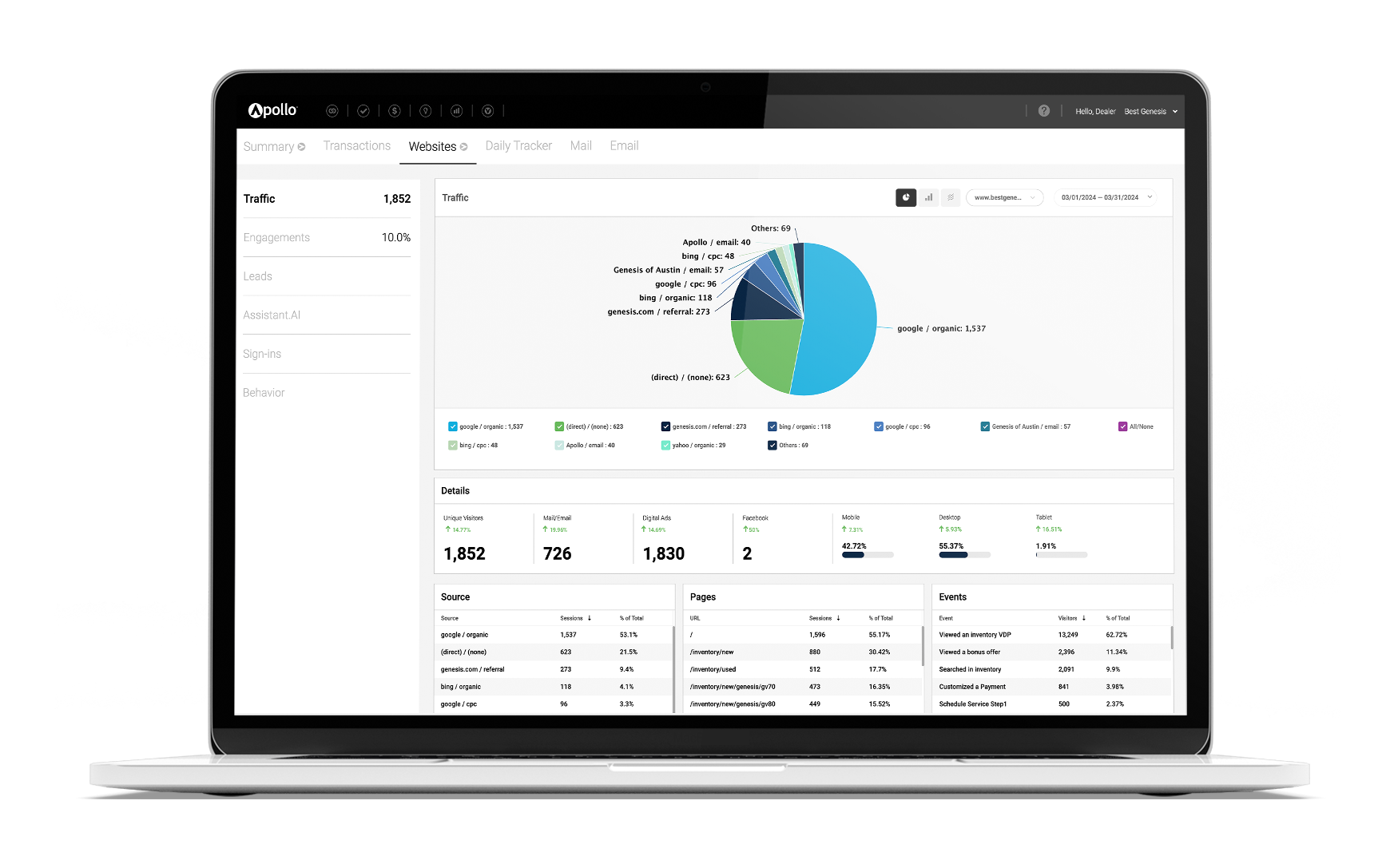Stop Implementing, Start Integrating: How Deep Integration Transforms Dealership Performance
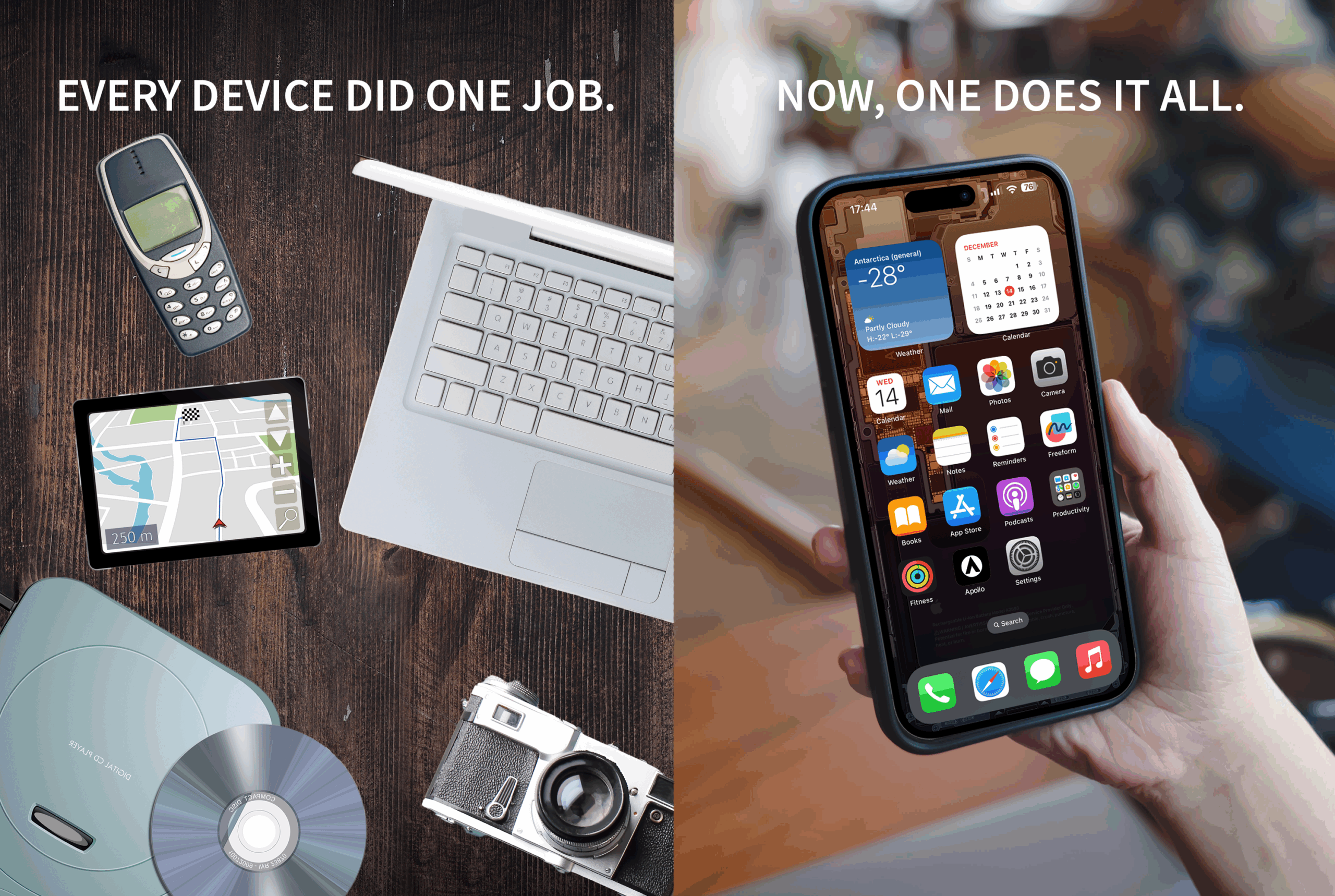
By: Ryan Shreve, Director of Analytics at Team Velocity
Your website looks modern. Your analytics dashboard is live. But somehow, you’re still flying blind. You’re checking boxes: A sleek new chat widget is on your homepage, and a plug-and-play analytics tool tells you how many people visited last week. There’s even a new CRM tab for “leads.” Yet when a customer calls to schedule service or walks onto the lot asking about a vehicle they saw online, your team still fumbles to piece it all together.
Sound familiar? This is the difference between implementation and integration. Implementation involves using third-party tools and hoping for the best. Integration is embedding intelligent technology into the DNA of your dealership. One is a Band-Aid. The other is precision surgery. And for today’s dealers, especially those trying to grow in competitive markets, the choice between the two can make or break your bottom line.
Let’s unpack why proper integration delivers 3x better insights, transforms the customer experience, and ultimately helps you sell and service more cars, more profitably.
The Implementation Trap
Most dealerships fall into the trap of thinking they’ve “gone digital” just because they’ve installed tools. In practice, implementation often means bolting on third-party products that run independently of your website and core systems.
Think of an iframe lead form pasted onto your homepage, a third-party chat box added by a vendor, or an analytics tool that tracks sessions but doesn’t know your VINs.
From the dealership’s perspective, these tools are “working”; they’re visible, functional, and maybe even producing reports. But under the surface, they’re not connected to each other. They don’t talk to your CRM, DMS, or inventory feed. They can’t follow a shopper’s path from browsing to booking a test drive to calling for a service appointment. They’re not tailored to the automotive journey, which isn’t linear and spans multiple touchpoints.
This results in:
- Data silos: Chat, leads, and website traffic are all captured separately.
- Incomplete attribution: You see 1,000 website visitors but have no idea which VINs drove the most engagement.
- Generic insights: You’re handed vanity metrics like bounce rate instead of knowing which models are generating qualified buyers.
You’ve implemented technology, but you still don’t know what’s working, or worse, you’re making decisions based on incomplete or misleading data.
True Integration – Going Beyond Surface Level
Integration is more than connection; it’s coherence. When your analytics, website, inventory, CRM, and service systems are truly integrated, they form a single source of truth that’s tailored to the automotive customer journey. It’s the difference between tools sitting on top of your website and technology becoming part of its core functionality.
Here’s what that looks like in practice:
- Native analytics embedded into your platform, not sitting on top of it.
- Unified customer profiles tracking every touchpoint, from service visit to trade-in to new purchase.
- VIN-level tracking that follows specific vehicles and matches them to customer intent.
- Real-time inventory insights that show not just what’s on your lot—but what’s converting.
Instead of viewing siloed metrics, integrated systems provide connected insights that show how individual customers interact across channels, such as what they’re browsing, what they’ve inquired about, and what they’re most likely to act on.
For dealerships, true integration delivers what plug-and-play tools can’t. This includes:
- Service-to-sales tracking: See which service customers are browsing inventory and proactively retarget.
- Inventory optimization: Know which VINs are driving engagement, not just pageviews.
- Lead scoring that matters: Go beyond quantity. Focus on behavioral signals that predict actual purchases.
And because all systems are connected, dealers benefit from a single, streamlined dashboard, removing the need to juggle multiple platforms and improving response time across departments.
The Business Impact – What This Means for Your Bottom Line
The difference between implementation and integration isn’t theoretical; it’s measurable.
Integrated dealers consistently see 40–60% higher lead-to-sale conversion rates because their systems identify and prioritize the most qualified leads. It’s about the quality of leads, not quantity.
When your system tracks service activity and flags sales interest, your team can act before the customer defects. One dealership saw its service-to-sales conversion jump from 8% to 23% after switching to integrated analytics.
Integrated systems also make it easier to identify repeat customers, track service-to-sales trends, and personalize retention strategies, strengthening long-term loyalty.
Yes, proper integration may come with a higher upfront cost. But implementation’s “cheap and easy” approach often leads to higher long-term costs. This includes wasted ad spend from poor targeting, missed sales from underqualified leads, and inventory sitting idle because your data couldn’t tell you it wasn’t resonating.
And the most expensive cost of all? Bad decisions based on insufficient data.
Making the Right Choice
For some dealerships, basic implementation may be enough for now. Smaller, single-location operations with limited digital traffic or staff bandwidth can often get by with lighter solutions, especially when budgets are tight. During early stages or pilot testing, a basic implementation may serve as a stepping stone to full integration.
But for dealers aiming to grow, scale, or compete aggressively, integration becomes essential. Multi-rooftop groups need a unified view of their entire operation across websites, service departments, and sales teams. Dealers generating high volumes of digital traffic and online leads can’t afford to make decisions based on incomplete or generic data. If you’re focused on optimizing performance, increasing efficiency, and standing out in a crowded market, integrated systems aren’t just helpful; they’re mission-critical.
Before choosing a partner, ask the right questions. Can the platform track a customer’s journey from first website visit all the way through service appointment and eventual vehicle purchase? Does it offer VIN-level tracking and tie online behavior directly to inventory? And most importantly, what does integration actually involve—is it truly embedded, or just another iframe in disguise? The answers to these questions will reveal whether you’re equipping your dealership with a reporting tool or a competitive advantage.
From Reporting Tool to Growth Engine
It’s time to stop settling for surface-level tech. Your dealership deserves better than fragmented reports and disconnected platforms. True integration turns your data into decisions, your website into a conversion machine, and your service bay into a sales pipeline. You’ll know which vehicles drive the most value, which customers are ready to buy, and how to move the needle across every department.
Start by auditing your current setup. Are your tools truly integrated or just implemented?
If you’re ready to shift from passive reports to proactive results, let’s talk about what a fully integrated solution could do for your dealership.
Source: LinkedIn

















